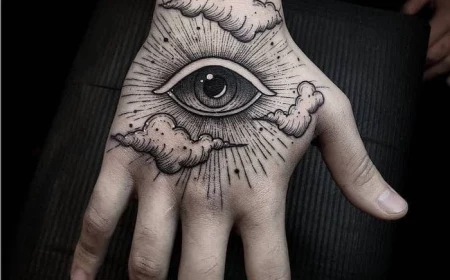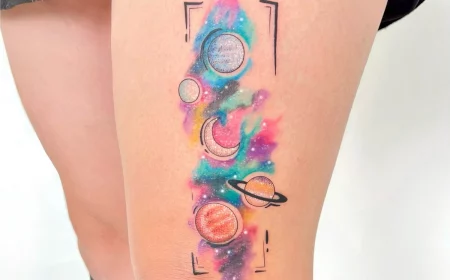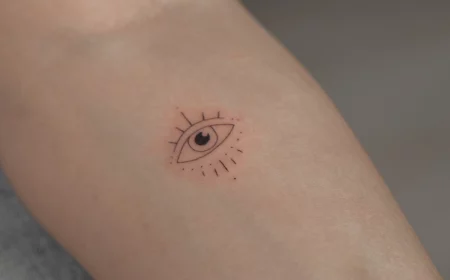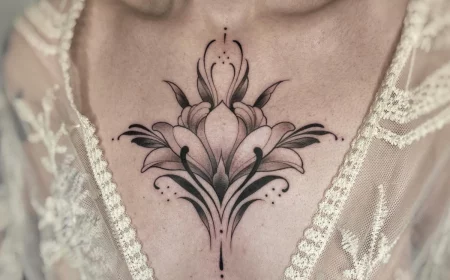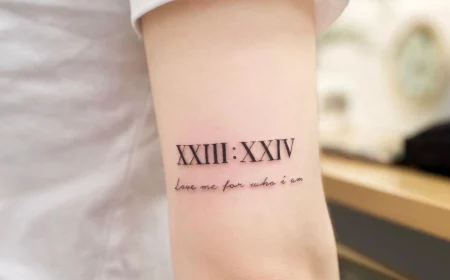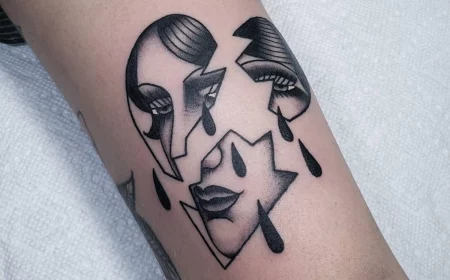Your Guide to Neo-Traditional Tattoos: From Cost to Aftercare
I’ve been a tattoo artist for what feels like a lifetime now, and I’ve watched styles pop up and fade away. But some things just have deeper roots. My own journey started with the old-school stuff—American Traditional. It’s where you learn the essentials: how to pull a clean, single-pass line and how to pack color so solid it looks like a sticker. These are the building blocks for a tattoo that actually lasts.
In this article
So, when Neo-Traditional started making waves, it didn’t feel like some brand-new trend. To me, it was a natural evolution. It’s a style that tips its hat to the classics but isn’t afraid to speak with a much bigger vocabulary. It’s like hearing your favorite story told with richer, more beautiful details.
And that’s what I want to break down for you. This is more than just looking at cool pictures; it’s about understanding the skill, the technique, and the thought that goes into a truly great Neo-Traditional tattoo. My goal is to give you the same insights I give my own clients, so you can choose a piece of art you’ll be proud of forever.
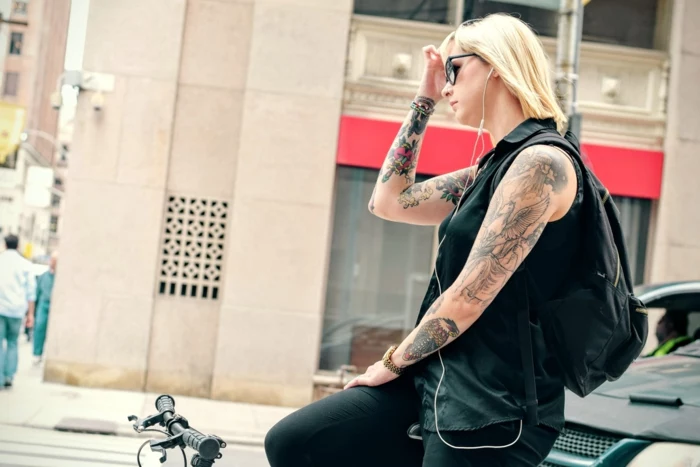
The Foundation: It All Started with Old-School Cool
To really get what Neo-Traditional is, you have to know where it came from. Classic American Traditional is the bedrock of most tattooing in the West. It was born from pure function back in the day, designed for sailors, soldiers, and the working class. The artists creating these weren’t trying to get into an art gallery; they needed to make designs that were fast, easy to read from a distance, and tough enough to stand up to sun, salt, and the passing of time.
This led to a pretty clear set of rules. Think bold, black outlines that act like a fence, holding everything together as the skin ages. The color palette was simple and punchy—bright reds, golden yellows, deep greens, and solid black. Shading was straightforward. The subjects were iconic, too: eagles, panthers, daggers, and roses. Each one was a clear symbol.
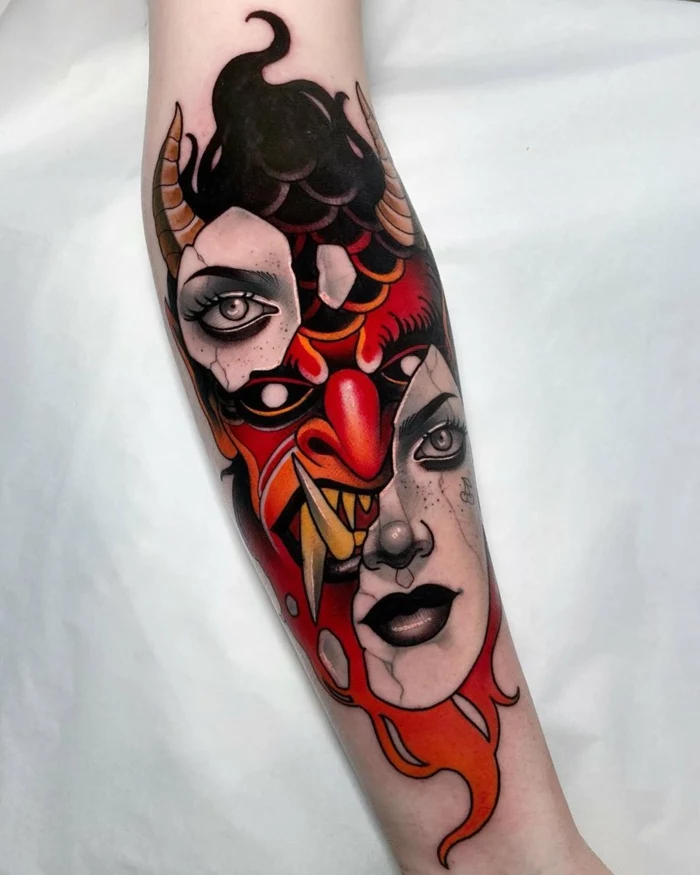
Honestly, learning this style is a masterclass in durability. Skin isn’t paper; it moves, stretches, and ages. A thin, delicate line might look great at first, but it can break down or blur over the decades. That thick, bold line? It becomes a permanent, undeniable part of you. It’s a lesson every pro has to learn.
The Upgrade: What Makes a Tattoo Neo-Traditional?
Alright, so Neo-Traditional takes all those bulletproof rules from the old school and just… expands on them. The most important rule—legibility—is still king. A good neo-trad piece should be instantly recognizable from across the room. It respects the bold outlines and rich color, but it adds a ton of detail and complexity that just wasn’t part of the original style.
Instead of a rigid table, let’s just talk about the key differences you’ll see:
- Line Weight with Variety: While a classic traditional piece uses one consistent, thick line, neo-trad plays with line weight. The main silhouette of a fox might have that powerful, bold outline, but the artist will switch to thinner needles to render the fine hairs of its fur or its delicate whiskers. This creates an incredible sense of depth and texture that makes the piece pop.
- A Rainbow of Colors: Early tattooers had a handful of colors to work with. Today, my ink drawer has dozens of shades of red alone. We have teals, magentas, ochres, and olive greens. Neo-trad artists use this entire spectrum to create smooth, buttery blends and subtle gradients. This is how we get that soft blush on a portrait’s cheek or the iridescent shine on a beetle’s wing.
- Real Dimension and Form: Traditional tattoos are often intentionally flat, like a symbol or a logo. Neo-Traditional tattoos feel three-dimensional. We achieve this with more advanced shading, often mapping out light and shadow with soft blacks and grays before a drop of color is even added. We’re always thinking, where’s the light coming from? This makes the subject feel like it has actual weight and form right there on your skin.
- Illustrative and Ornate Subjects: The subject matter is often classic—animals, flowers, portraits—but it’s rendered with an almost illustrative quality. An animal will have expressive eyes; a portrait will have flowing, detailed hair. You’ll also see a heavy influence from older decorative art styles, with all their flowing, organic lines and elegant flair.
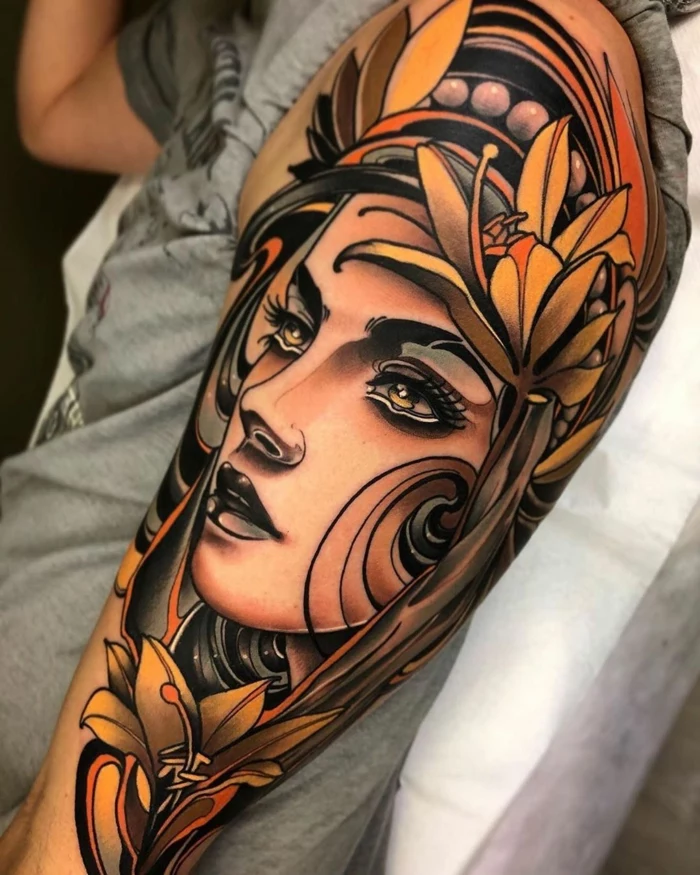
Finding Your Artist and Making It Happen
This is, without a doubt, the most critical part for you. A brilliant idea can be let down by the wrong artist, while a great artist can turn a simple concept into a jaw-dropping masterpiece.
How to Spot a True Specialist
For a style this technical, you really want a specialist. So, where do you look? Honestly, Instagram is your best friend here. Start searching hashtags like
neotraditional,
neotrad, and
[yourcity]tattoo. But here’s the pro tip: search for
healedneotraditional. Anyone can post a photo of a fresh tattoo when it’s bright and perfect. A healed photo, taken a year or more later, shows you the artist’s real skill. Are the lines still crisp? Is the color still vibrant? Or has it turned into a blurry mess? Look for consistency across their entire portfolio.
Heads up! A major red flag is an artist who has no healed photos to show you. It often means they aren’t confident in the long-term quality of their work.
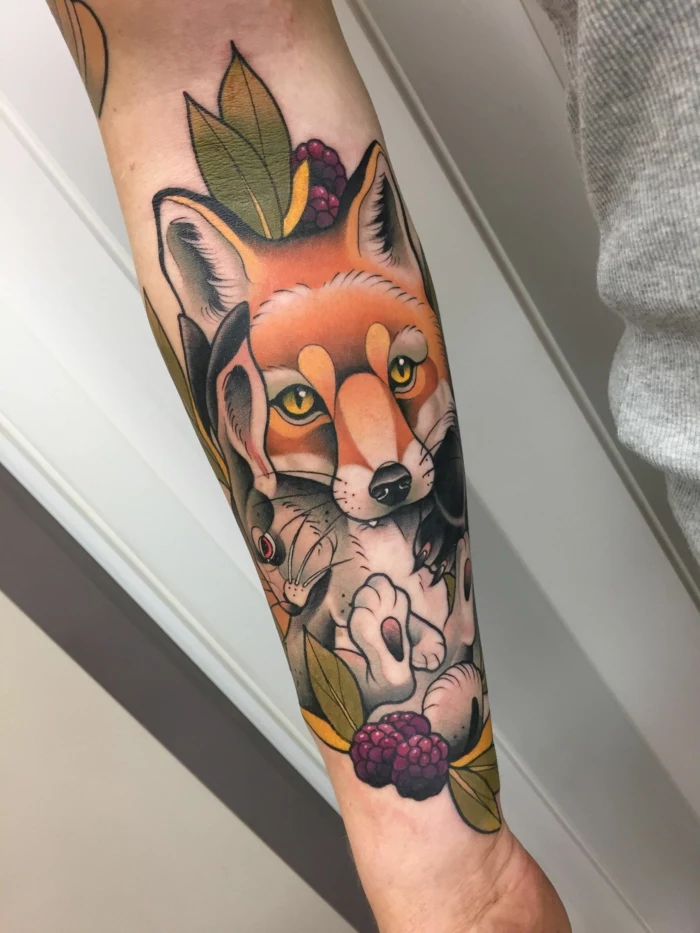
Let’s Talk Money
Okay, let’s get real about the cost. A great tattoo is an investment in permanent art. Rates vary wildly based on an artist’s skill, speed, and location, but you should expect to pay anywhere from $150 to over $400 per hour for a reputable neo-trad specialist. You’ll almost always be asked for a deposit, usually between $100 and $300, which secures your appointment and covers the artist’s drawing time. This deposit typically comes off the total cost of the tattoo.
So, for a solid forearm piece that might take 6-10 hours, you should budget accordingly. It’s a serious commitment, but it’s worth every penny for quality work.
Making First Contact (Without the Anxiety)
Sending that first inquiry can be weirdly nerve-wracking. Don’t overthink it! We artists want clear, concise information. A good consultation is a conversation, not an order. Instead of sending a picture of someone else’s tattoo and saying “I want this,” bring us your ideas, themes, and elements.

Here’s a simple template to get you started:
Subject: Tattoo Inquiry – Neo-Traditional Fox
“Hi [Artist Name],
I’m a huge fan of your work and I’d love to get a custom neo-traditional piece from you. I’m thinking of a fox surrounded by peonies for my outer forearm, about 8 inches tall. I’ve attached a few reference photos for the general mood and color palette I’m going for. My availability is pretty flexible. Let me know what you think and what your booking process is like!
Thanks,
[Your Name]”
See? Simple. This gives us everything we need to know if the project is a good fit for our style and to start a meaningful conversation with you.
Protecting Your New Art: Aftercare is Everything
The first few weeks of healing can make or break a tattoo. A common mistake is thinking the job is done when you walk out of the studio. Not even close. The healing is your responsibility.
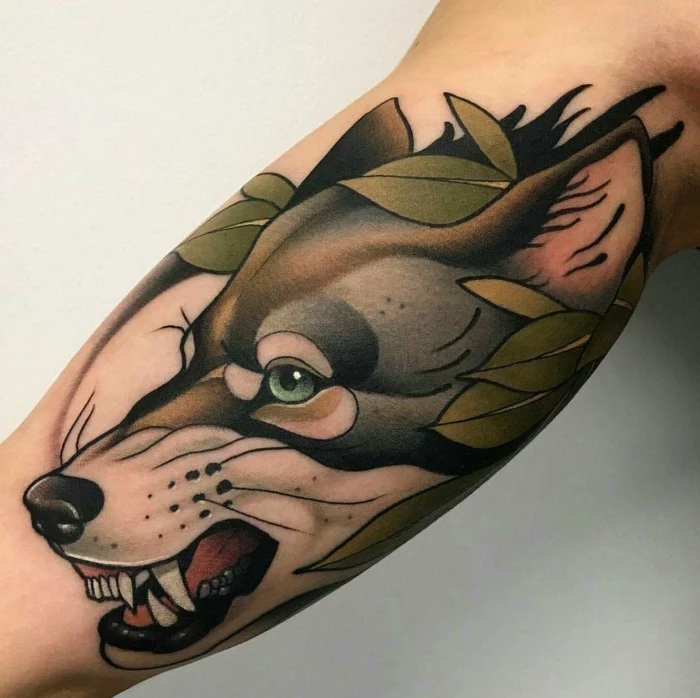
I personally recommend a transparent medical barrier, often called a “second skin.” It seals the tattoo from bacteria and lets it heal in a clean environment, which can preserve those delicate details by preventing heavy scabbing.
Here’s a quick shopping list for your aftercare kit, which you can find at any drugstore:
- Second Skin Bandage: Brands like Saniderm or Tegaderm are great. A roll can cost around $15-$20 online.
- Antibacterial Soap: Make sure it’s unscented and mild. Dial Gold is a classic choice, usually under $5.
- Unscented Lotion: Once the bandage is off, you’ll need a good, simple moisturizer. Aquaphor or Lubriderm are perfect and cost around $8-$10.
But the real long-term care is simple: sunscreen. The sun is the number one destroyer of tattoos. UV rays break down the ink pigments, turning vibrant colors dull and faded. A protected tattoo stays bright for decades. Treat it like the investment it is!
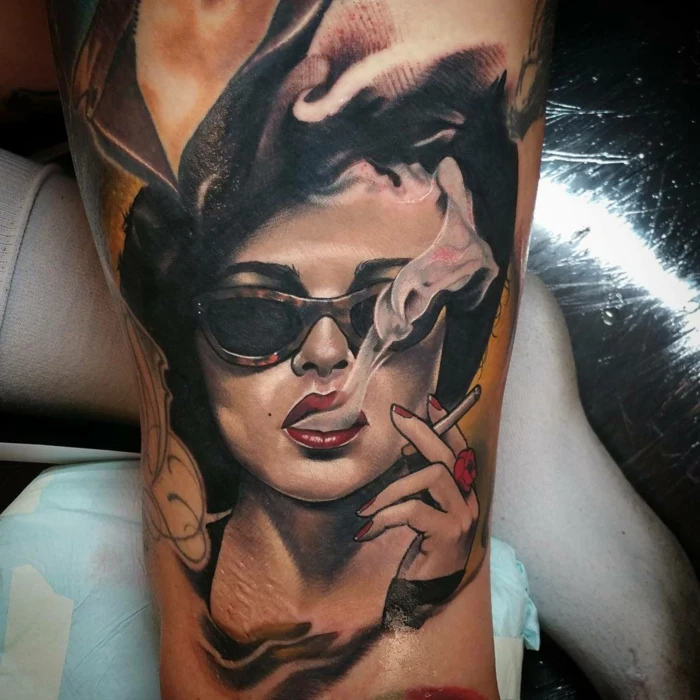
A Few Red Flags and Non-Negotiables
Your health is the absolute top priority. A clean studio should look and smell like a medical clinic. Needles must be single-use and opened in front of you. Surfaces should be wrapped in plastic. The artist must wear gloves. These are the basics.
But a true professional’s integrity goes deeper. Here are a few red flags that should make you think twice:
- They won’t offer a consultation and just want you to book and pay a deposit.
- They agree to do a design that is way too small for the amount of detail, which they know won’t age well.
- They pressure you to make a decision on the spot.
- They’ll agree to copy another artist’s tattoo exactly, which is a major ethical no-no.
A good artist will tell you “no” sometimes. They’ll tell you when an idea won’t translate well to skin or when a placement won’t hold ink properly (like palms or the side of the foot). Trust that experience. An artist who will take your money for a tattoo they know will look bad in five years doesn’t have your best interests at heart.
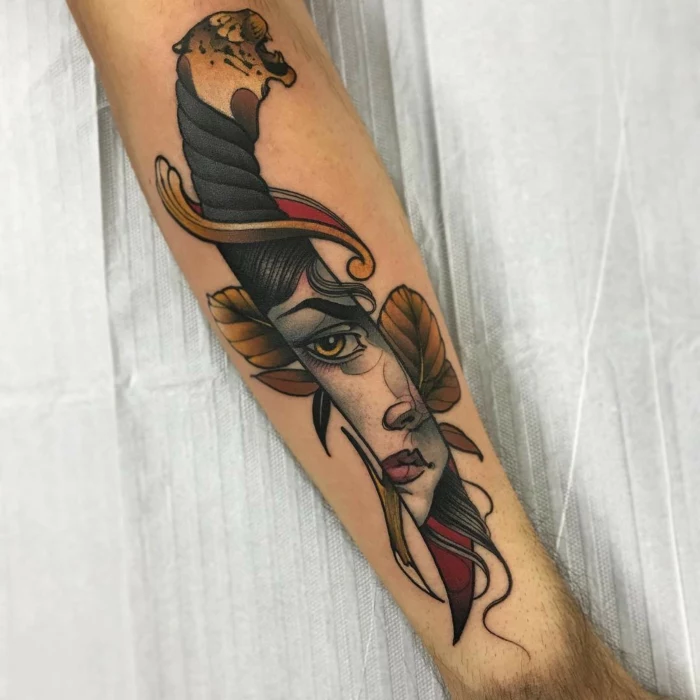
At the end of the day, a Neo-Traditional tattoo is so much more than a fleeting trend. It’s a style built on a rock-solid foundation, elevated by modern tools and artistry. When you decide to get one, you’re not just buying a picture; you’re starting a partnership with a skilled craftsperson. So do your homework, ask good questions, find an artist whose work truly moves you, and trust their guidance. If you do, you’ll end up with a piece of living art that’s powerful, beautiful, and genuinely built to last a lifetime.
Inspirational Gallery
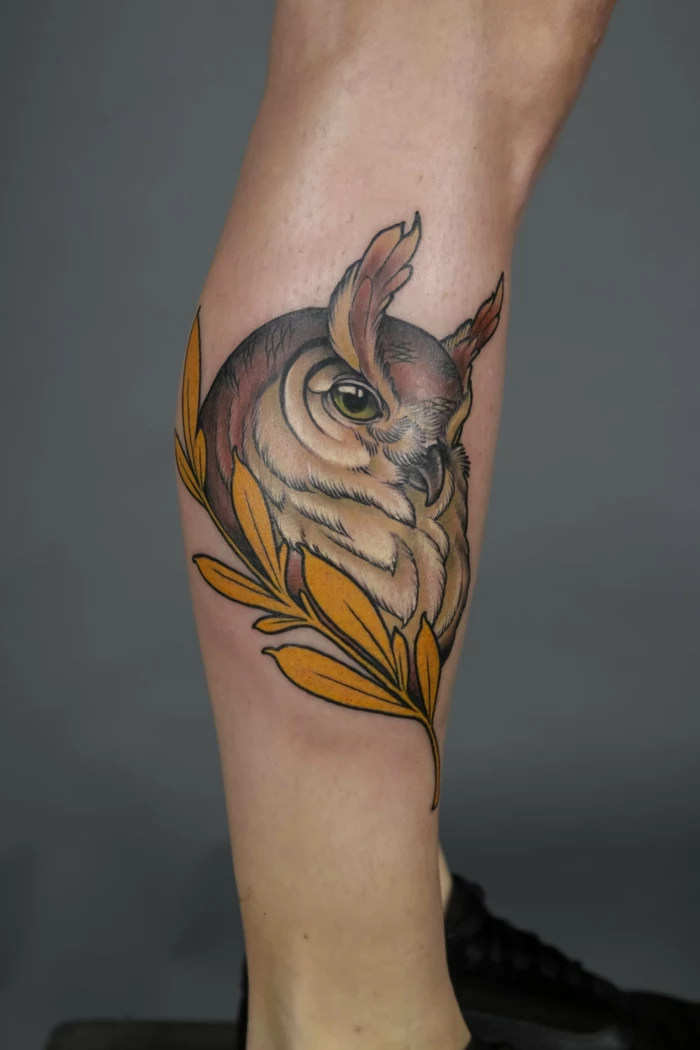
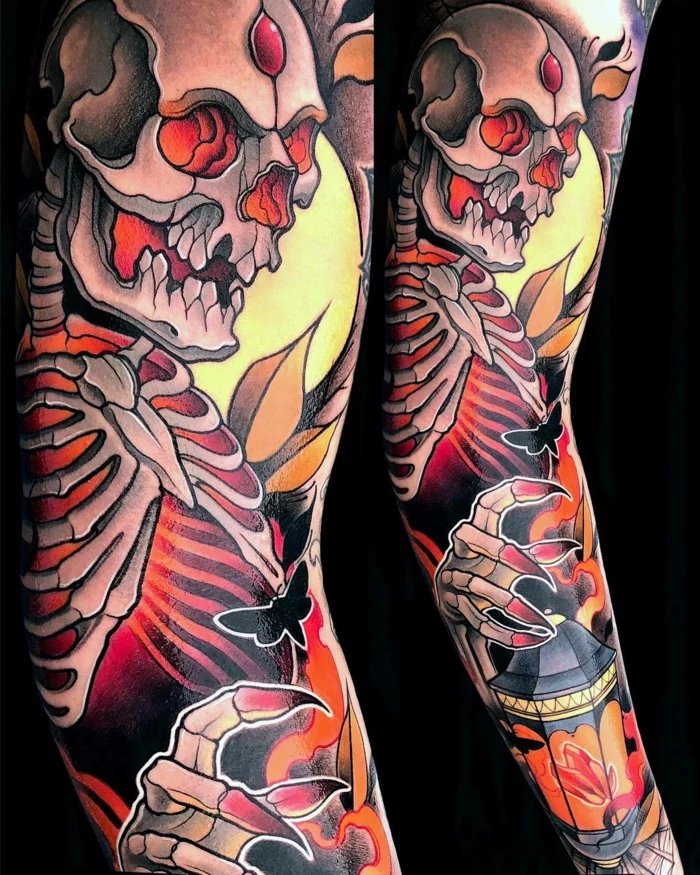
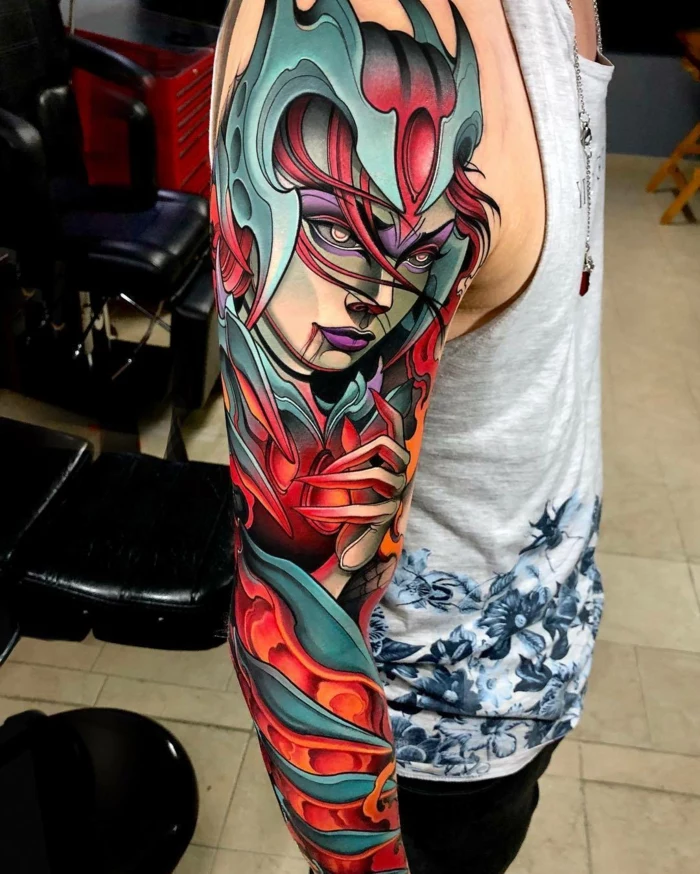
Instagram is your portfolio, but it’s not the whole story. Look for artists who consistently post clear, well-lit photos of healed work. A fresh tattoo always looks vibrant, but a healed photo from 6 months or a year later is the true test of an artist’s skill in line work and color saturation. Don’t be afraid to scroll deep into their feed.
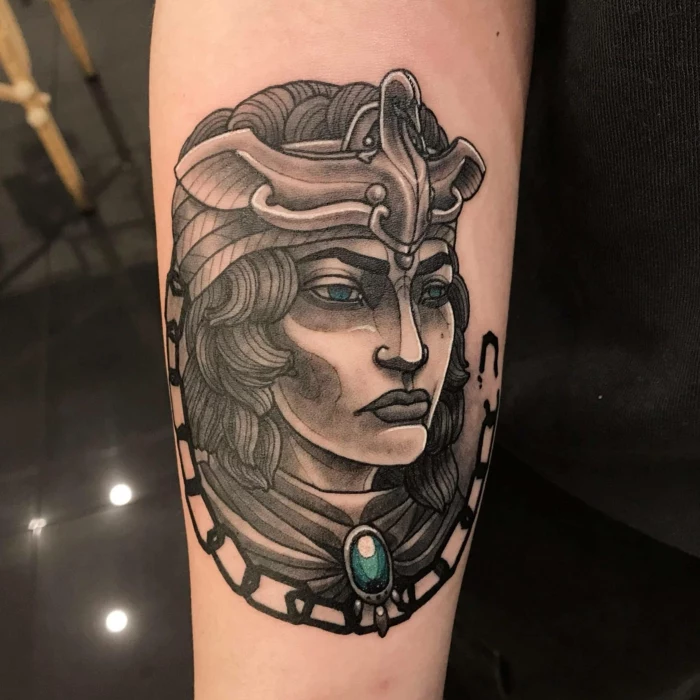

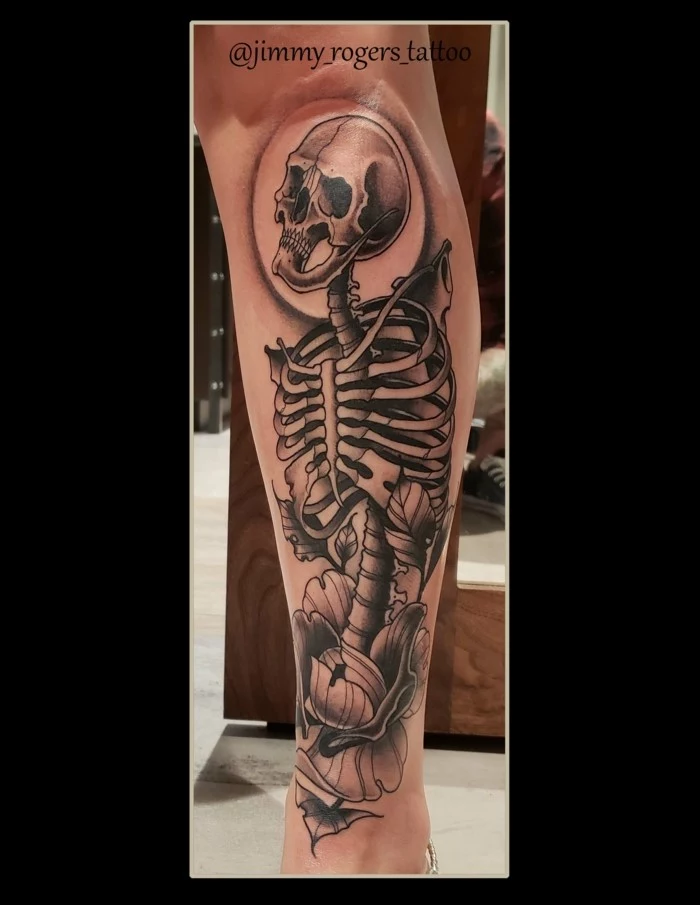
- Hustle Butter Deluxe: A popular, all-natural choice for during and after the tattoo process.
- Aquaphor Healing Ointment: A classic, pharmacy-grade option. Use a very thin layer.
- Saniderm/Dermalize: A clear adhesive bandage that lets the tattoo breathe while protecting it.
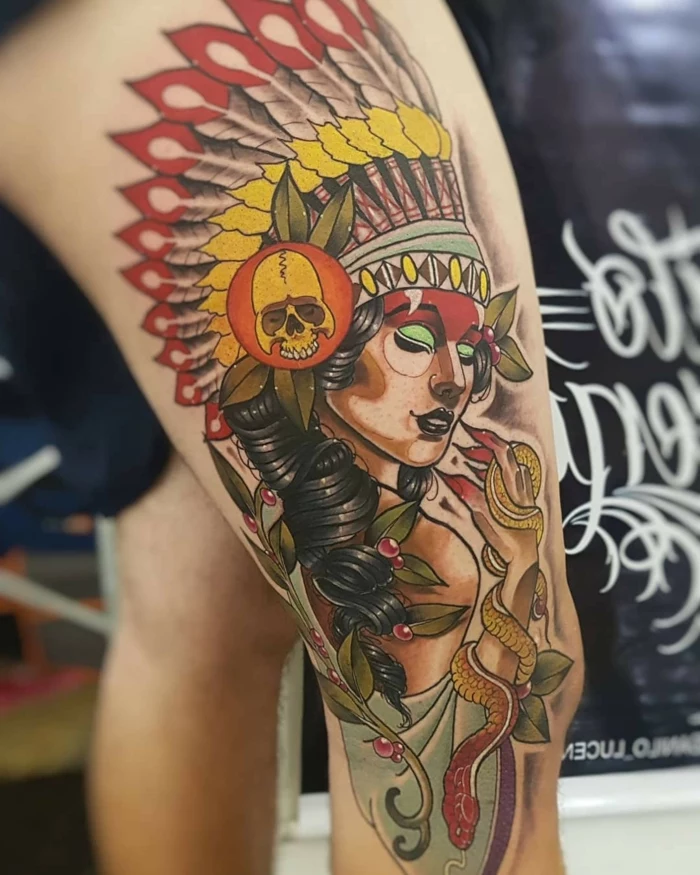
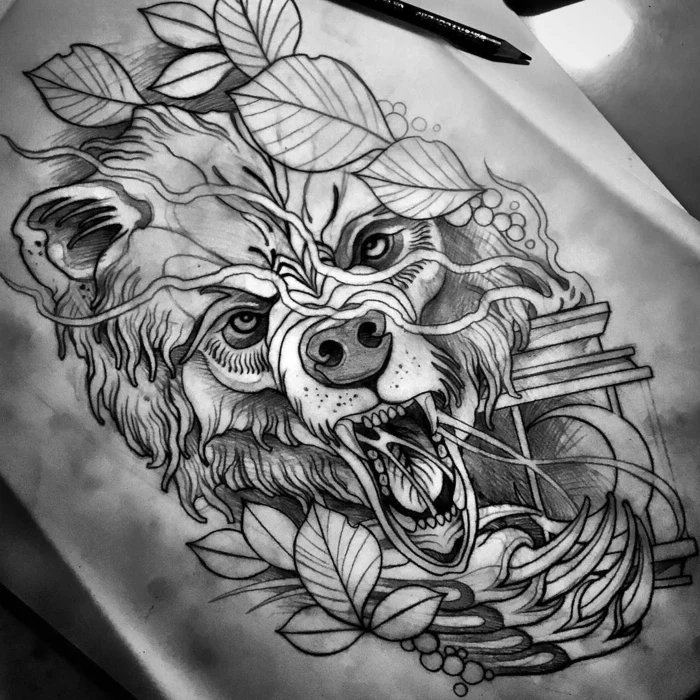
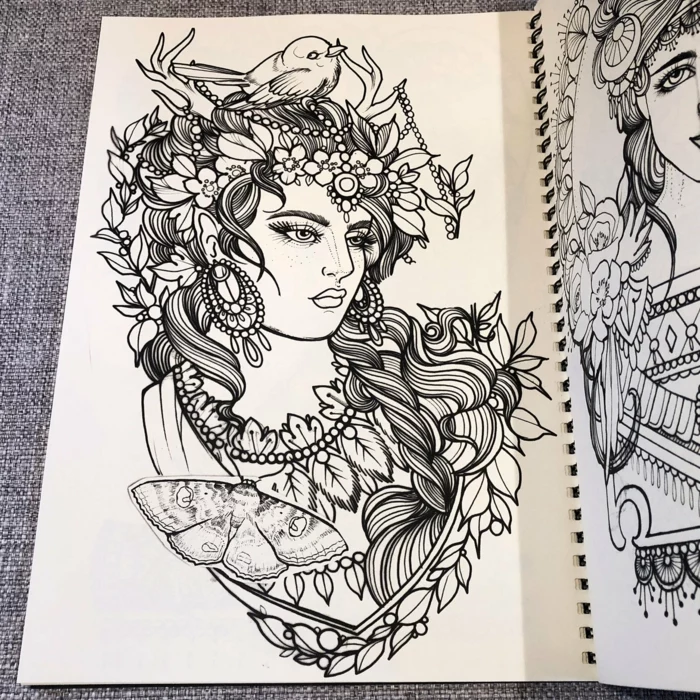
The most expensive tattoo is a bad one. Saving a few hundred dollars by choosing an inexperienced artist often leads to spending thousands on laser removal or a large, compromised cover-up piece later. Invest in an artist whose work you love.
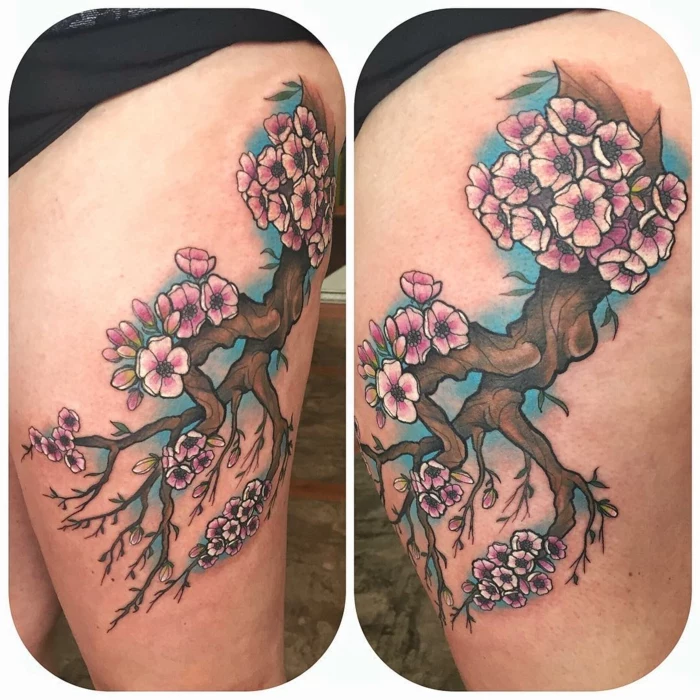
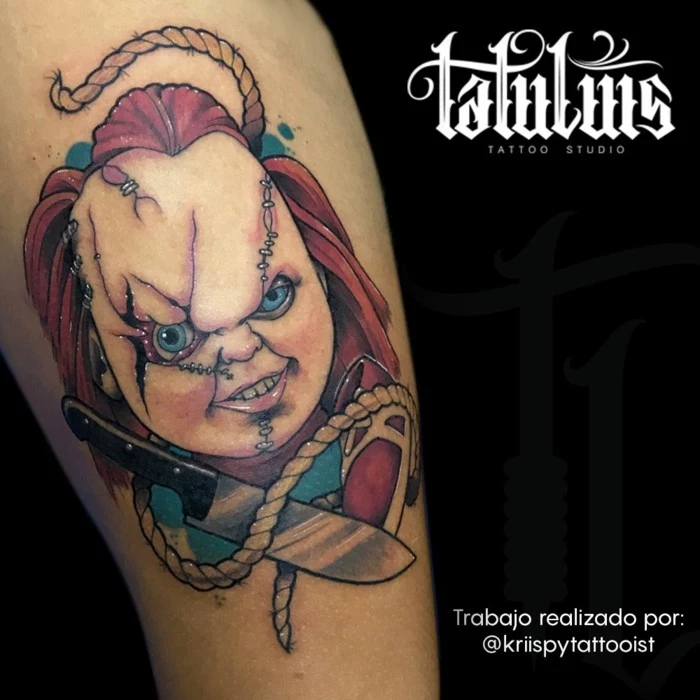
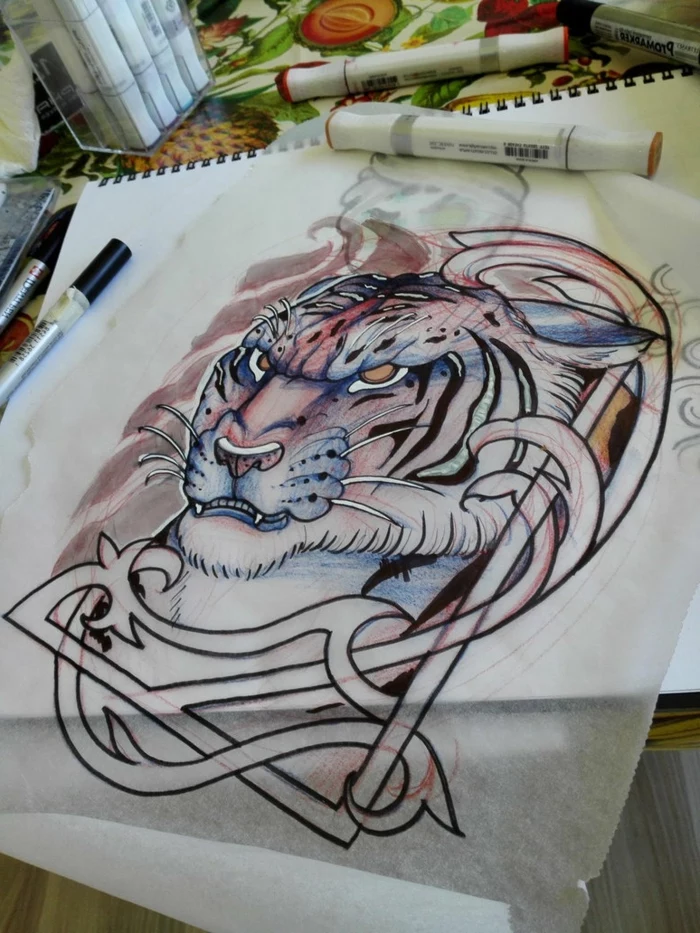
The flowing, organic lines and nature motifs of Neo-Traditional aren’t just a modern invention; they echo the core principles of the Art Nouveau movement from the late 19th century.
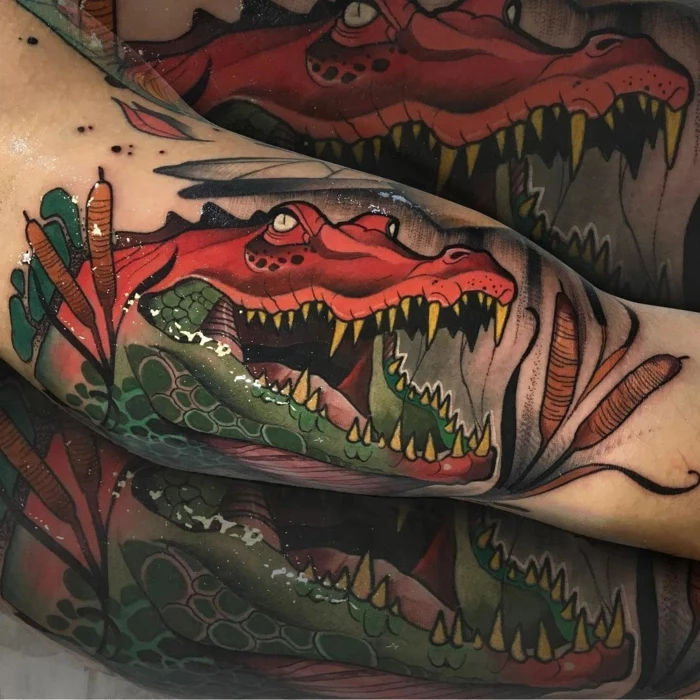
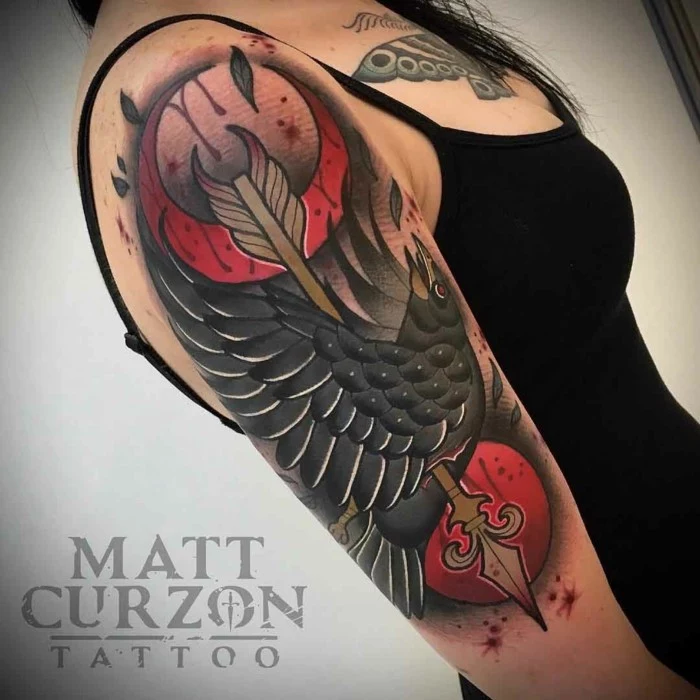
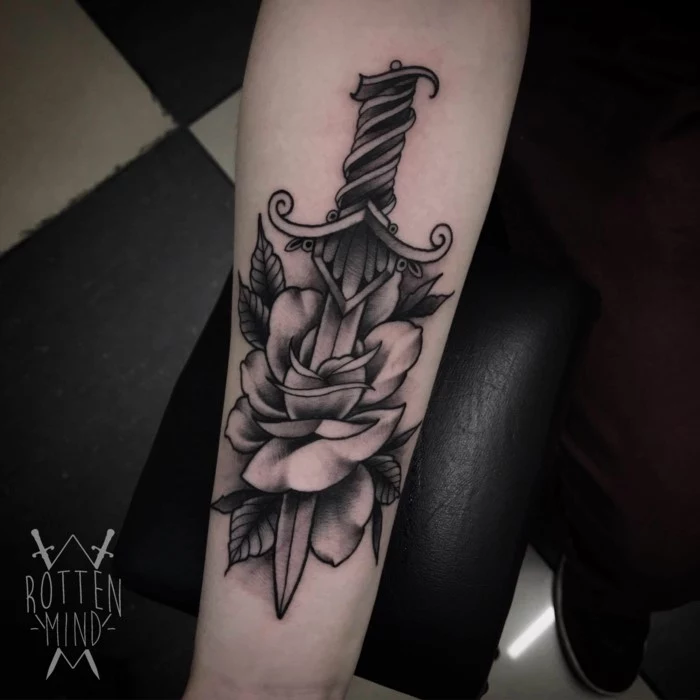
Your tattoo is for life, and so is its aftercare. To keep those colors from fading and lines from blurring over the decades, a little long-term maintenance goes a long way.
- Sunscreen is non-negotiable: Use a high-SPF (30+) broad-spectrum sunscreen on your tattoos whenever they’re exposed to the sun.
- Moisturize regularly: Hydrated skin is healthy skin, which keeps your tattoo looking its best.
- Avoid harsh exfoliants: Abrasive scrubs can dull the top layer of your tattooed skin over time.
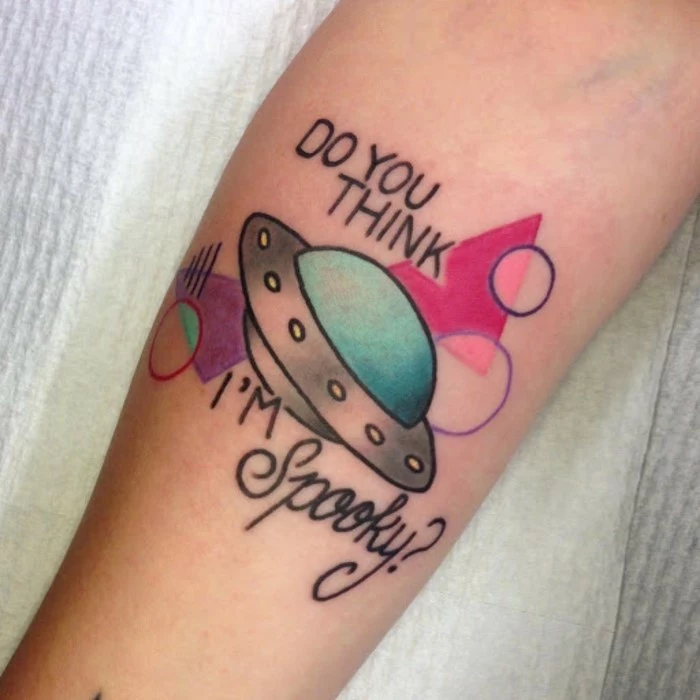

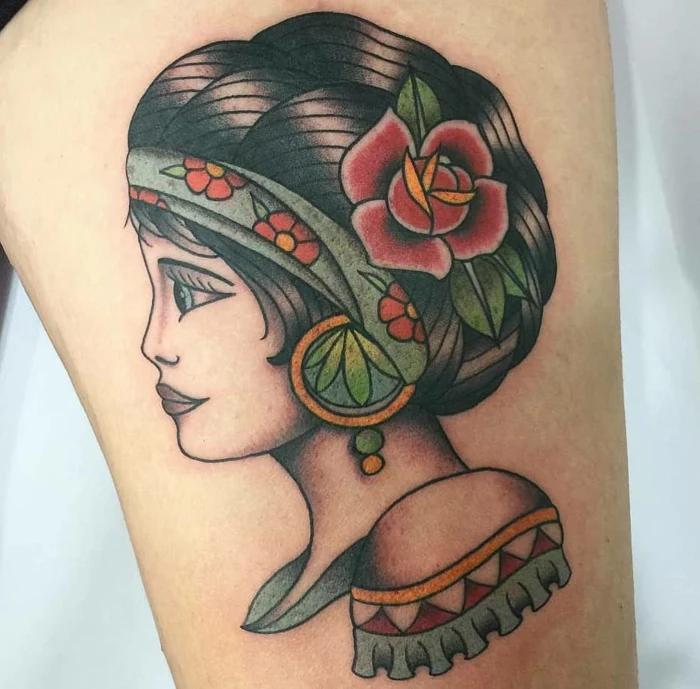
Does the color in Neo-Traditional tattoos hurt more?
Not necessarily the color itself, but the technique used to apply it can.
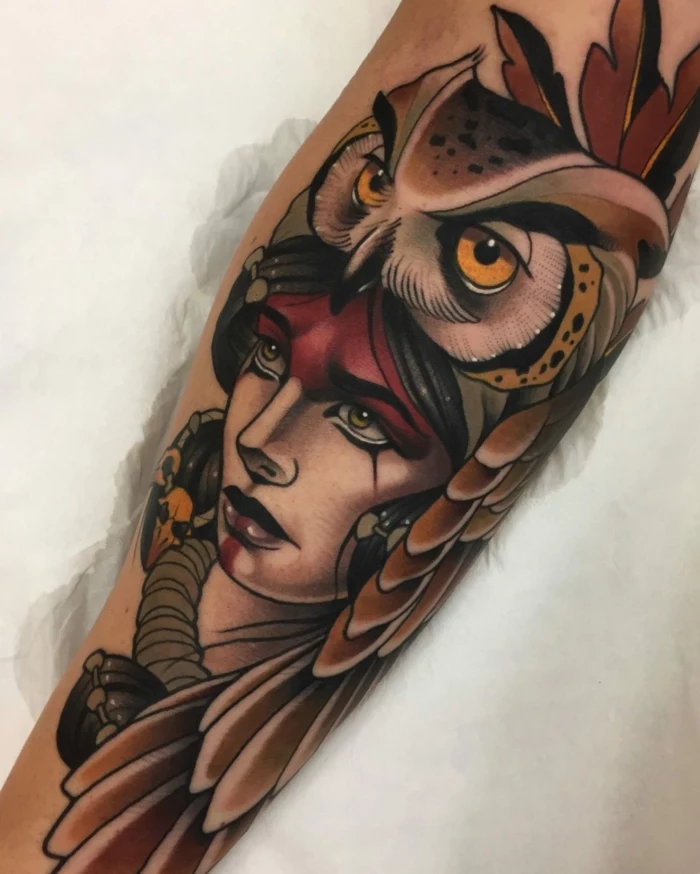
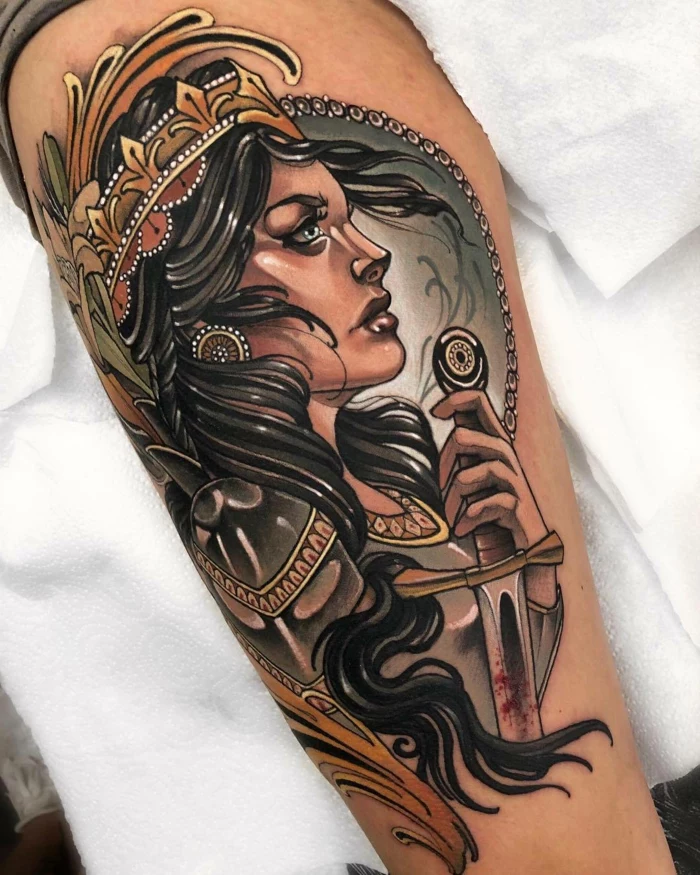
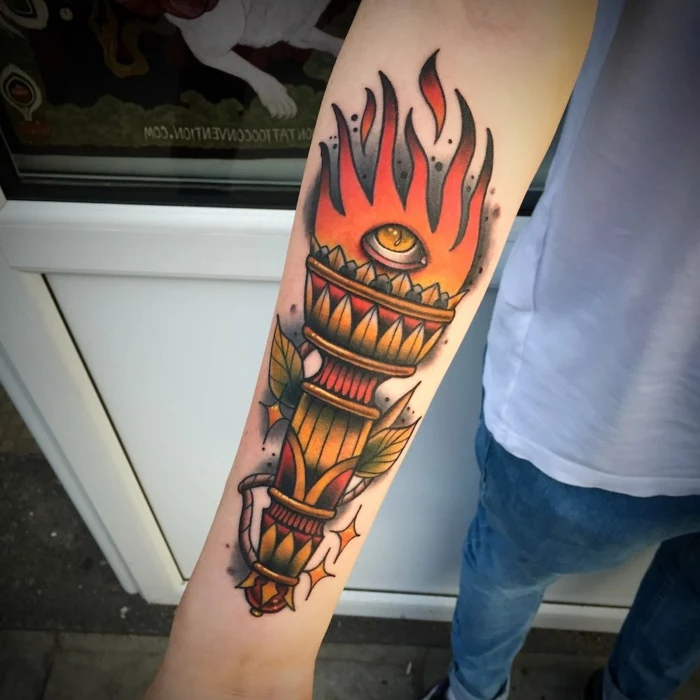
High-Motion Placement (Elbow, Knee, Hand): Tattoos here look striking but are prone to faster fading and line blowouts due to constant skin stretching. They often require more frequent touch-ups.
Low-Motion Placement (Forearm, Thigh, Calf): These areas are ideal
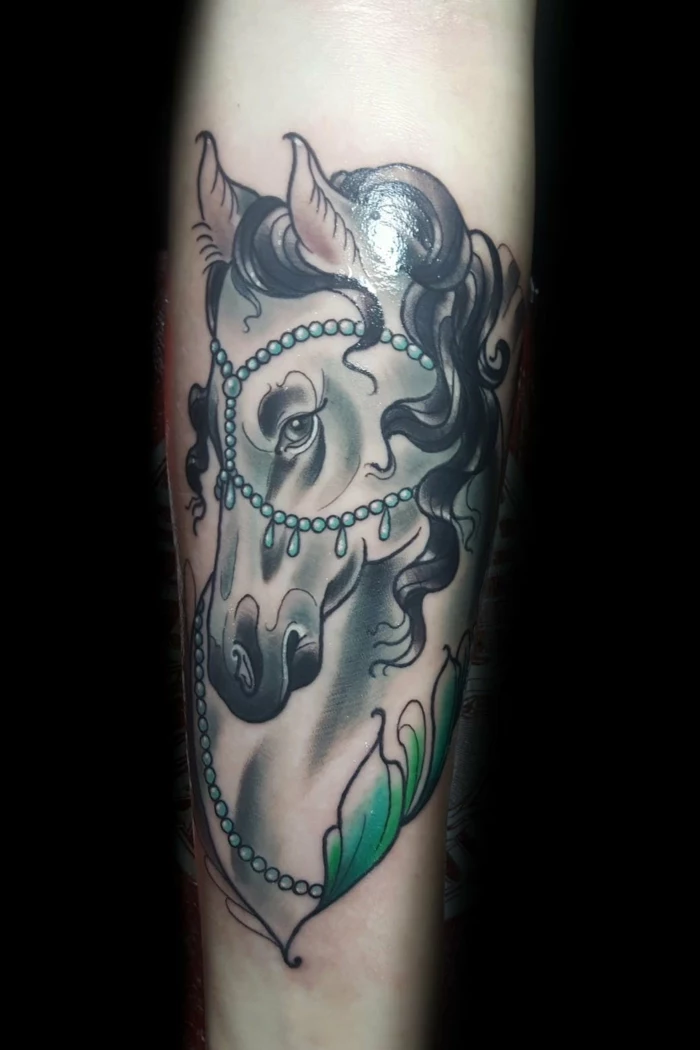
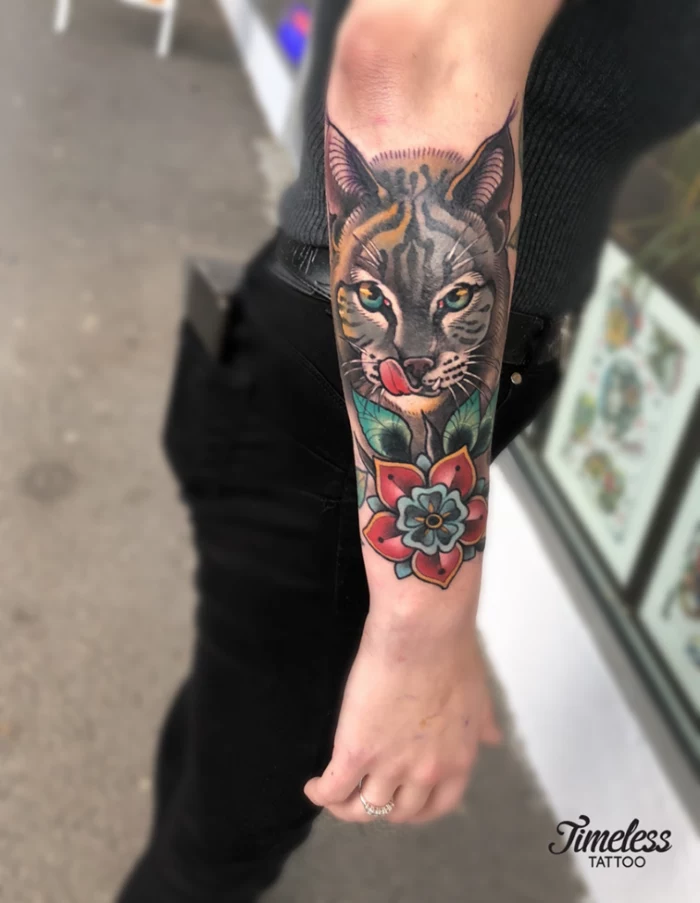
In many places, including the U.S., tattoo inks are not regulated by the FDA. The responsibility for safety falls on the manufacturer and the artist.
This is why choosing a professional artist who uses high-quality, reputable inks like Eternal Ink, Fusion, or World Famous Ink is crucial. These brands invest in sterile manufacturing and provide transparency about their ingredients, minimizing the risk of allergic reactions and ensuring color stability for years to come.
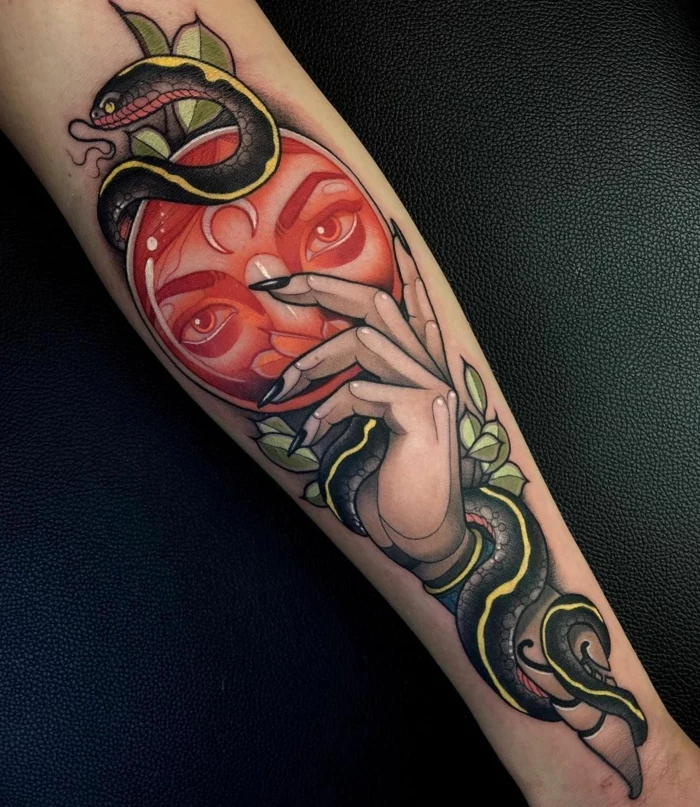
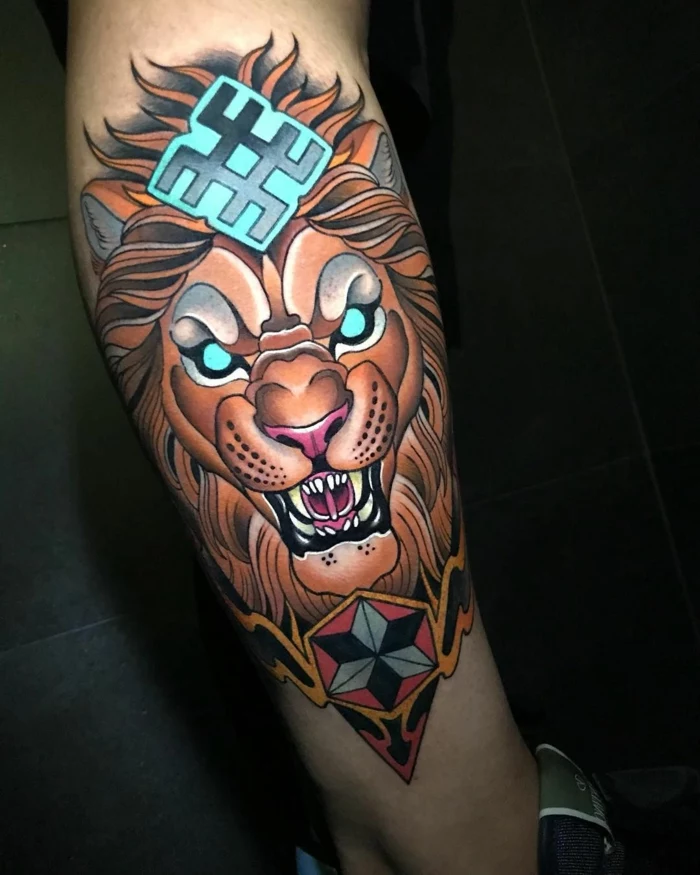
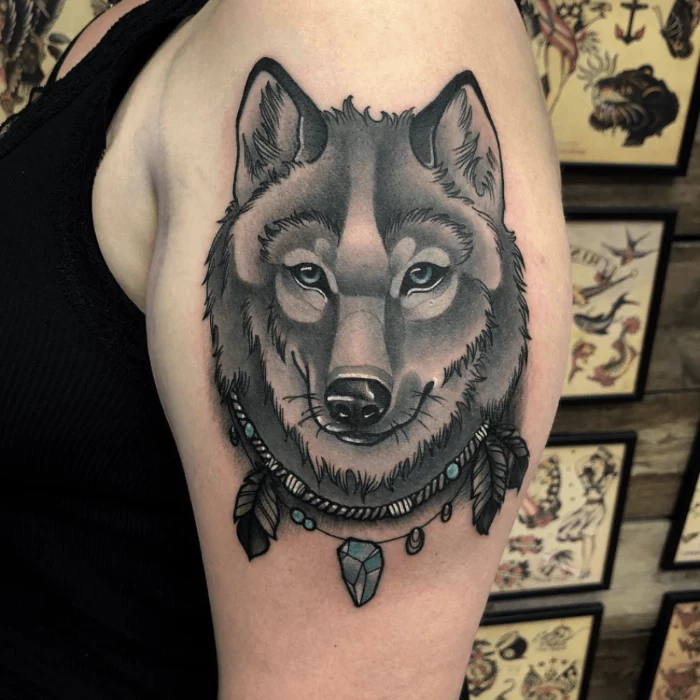
- Keeps your reds from turning pink.
- Prevents your blacks from fading to a blurry grey.
- Maintains the crisp contrast that makes a Neo-Traditional piece pop.
The secret? Diligent, daily application of a quality SPF 30+ sunscreen. UV rays are the number one enemy of a vibrant, long-lasting tattoo.
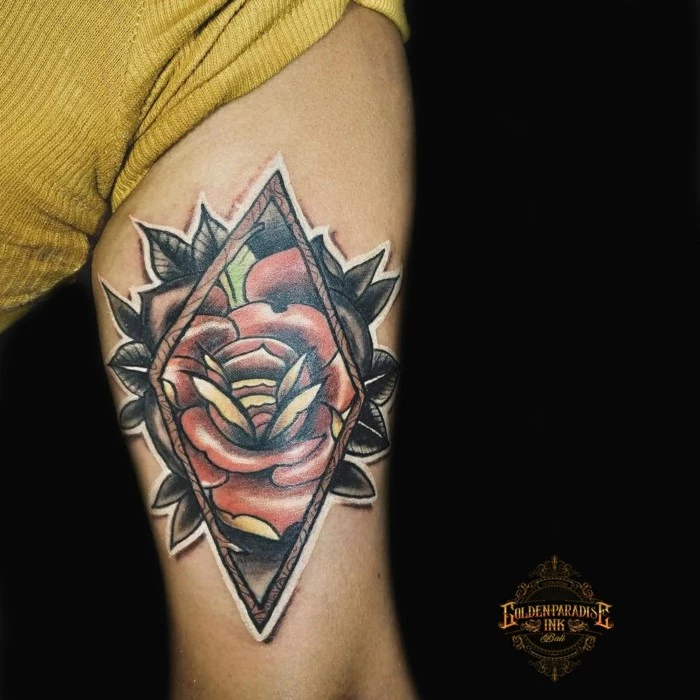
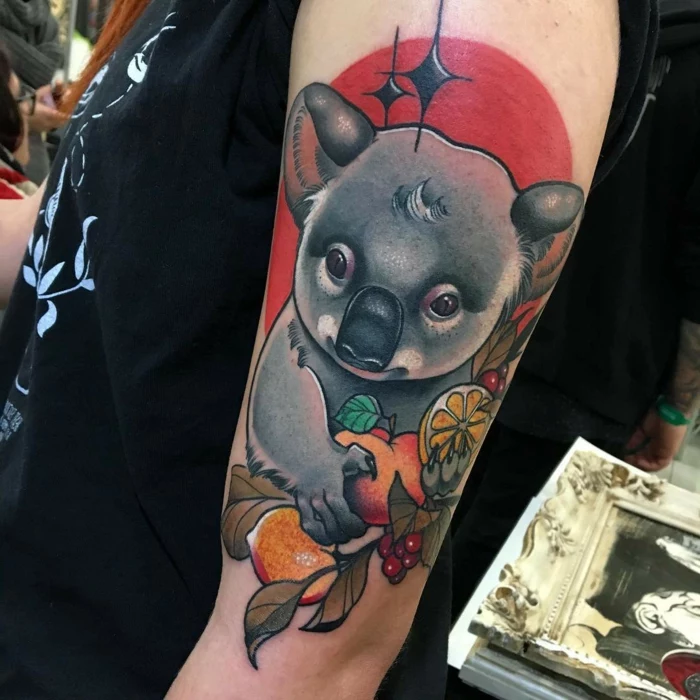
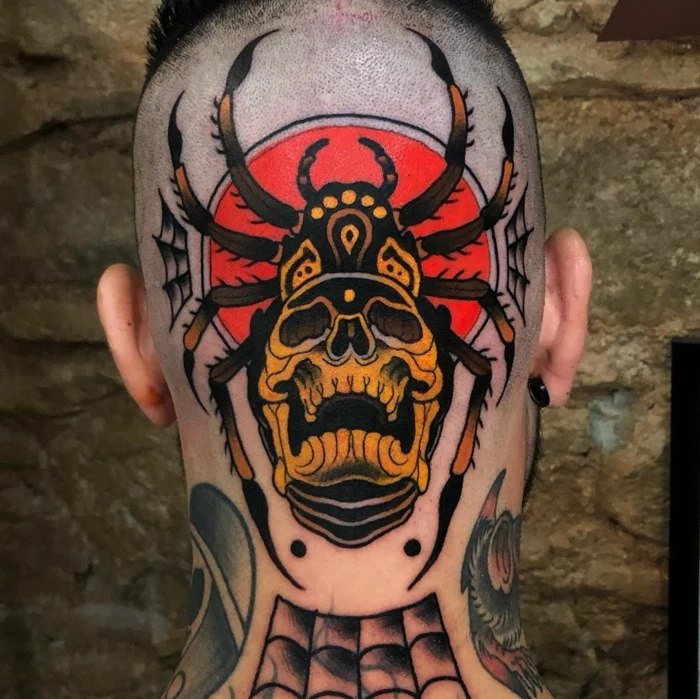
The consultation is more than just a booking appointment; it’s a creative collaboration. Come prepared with your ideas and reference images, but be open to your artist’s expert input. They understand what will translate best to skin, how a design will flow with your anatomy, and how it will age over 20 years. A great artist will fuse your vision with their technical skill to create something better than you could have imagined alone.
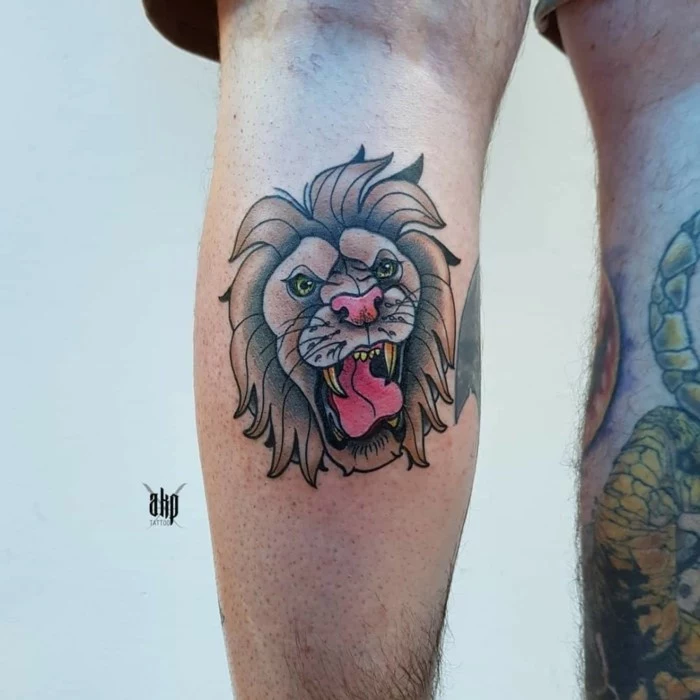
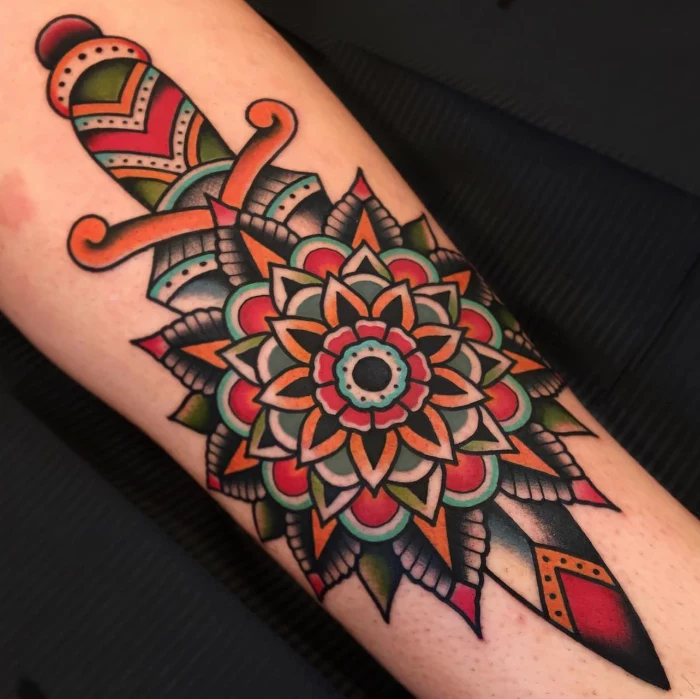
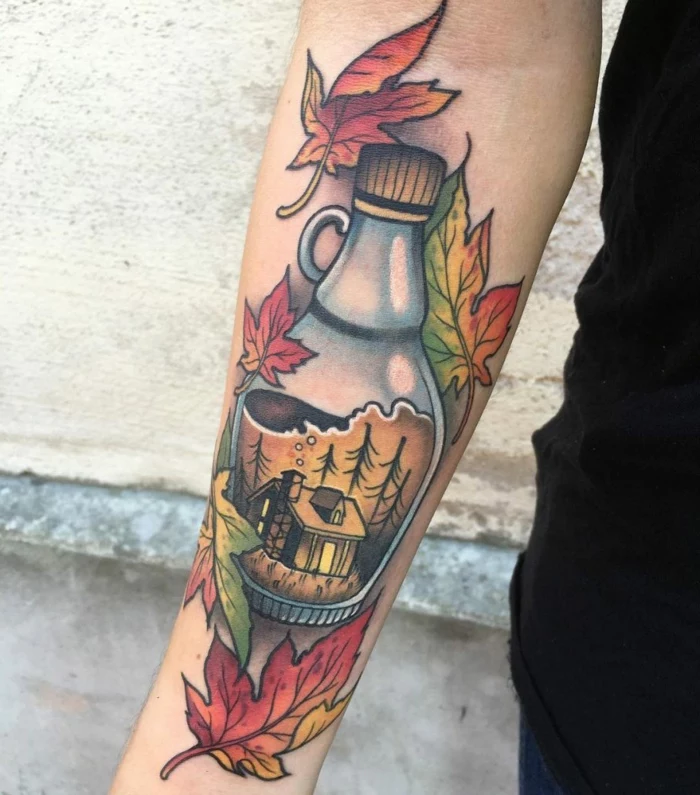
- Get a good night’s sleep before your session.
- Eat a substantial meal 1-2 hours beforehand to keep your blood sugar stable.
- Hydrate well in the days leading up to, and on the day of, your appointment.
- Wear comfortable, loose clothing that allows easy access to the area being tattooed.
- Bring snacks and a drink for longer sessions.
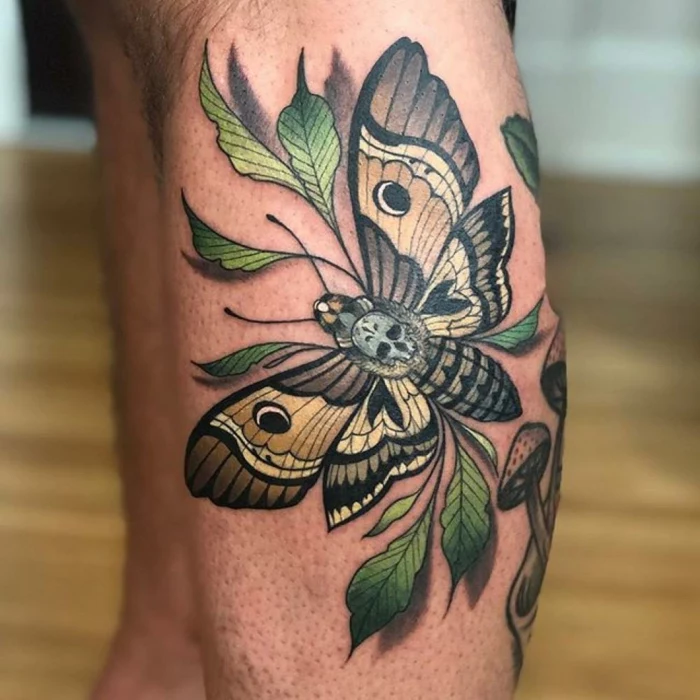
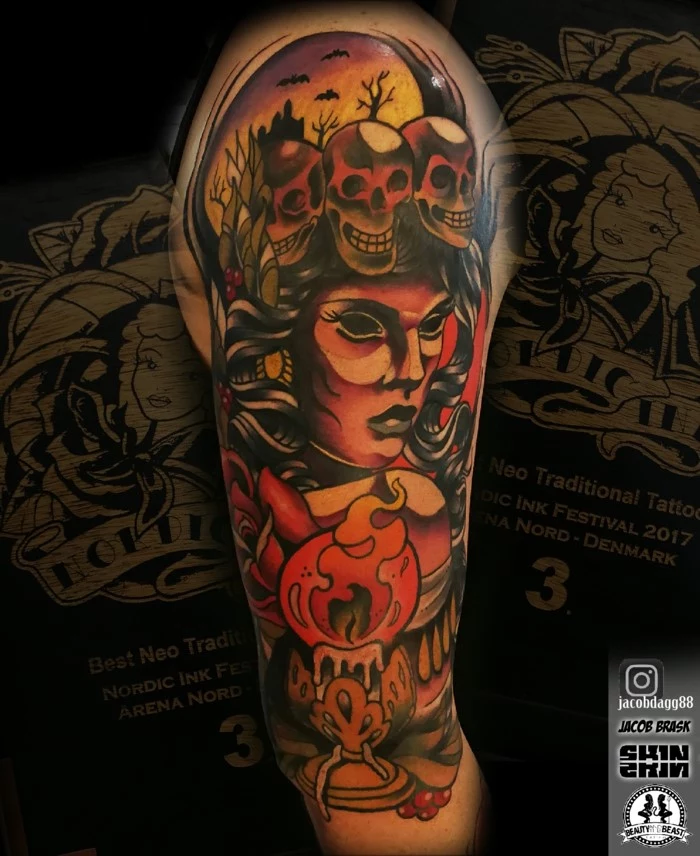
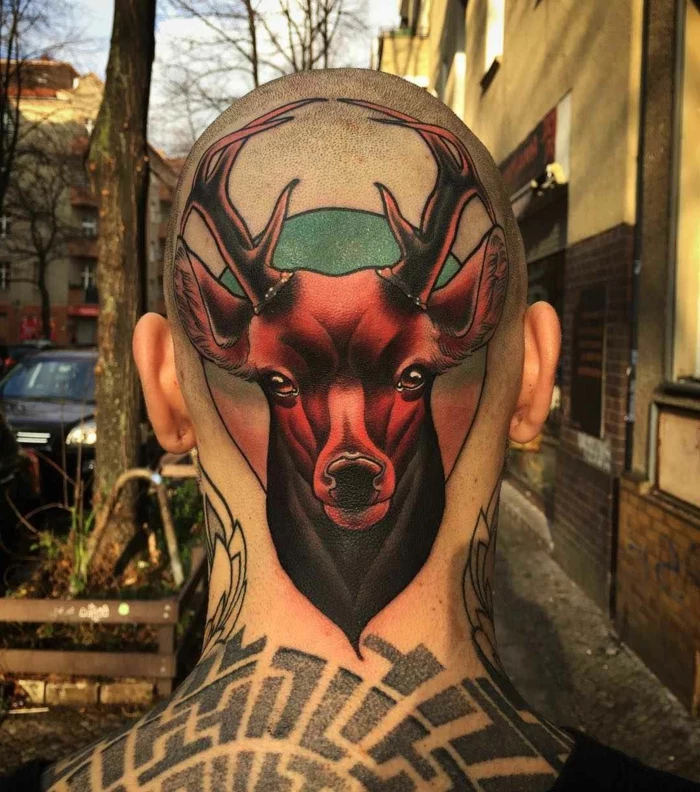
Pay attention to line weight variation: A key element of Neo-Traditional is its use of both thick, traditional-style outlines and delicate, fine-line details within the same piece. This creates visual depth and interest. When reviewing an artist’s portfolio, check how their lines have healed. Do the fine lines hold up, and do the bold lines remain solid without blowing out?
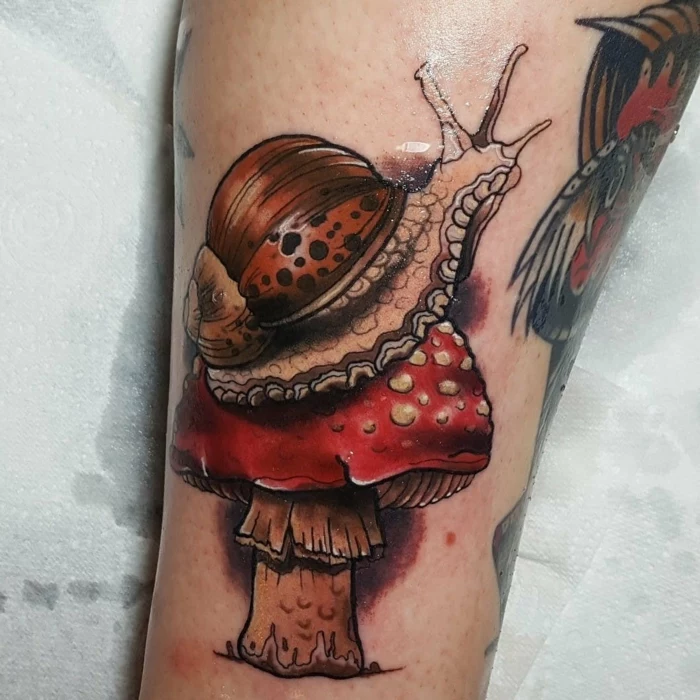
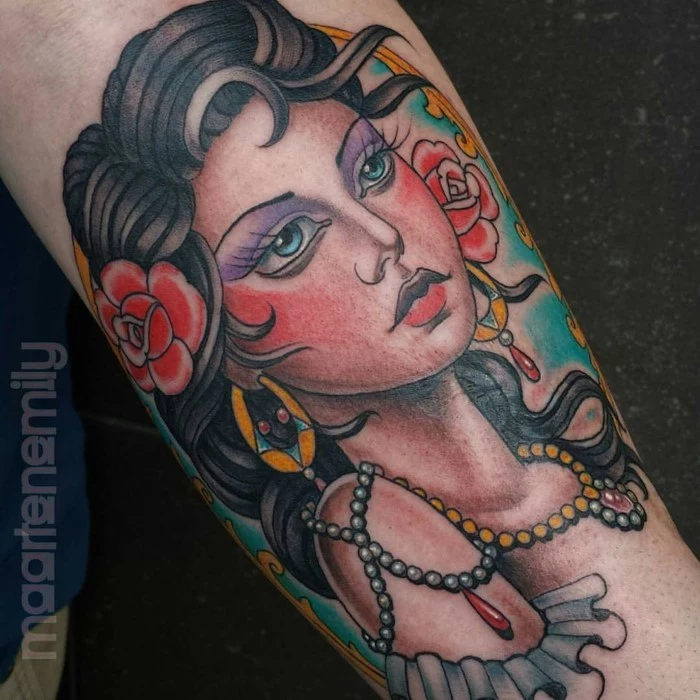
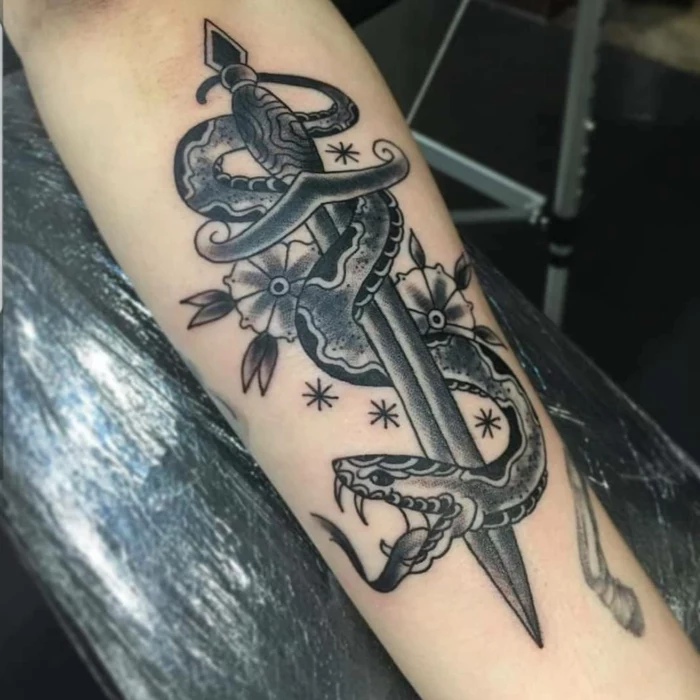
While any subject can be rendered in a Neo-Traditional style, some motifs are cornerstones of the genre, often imbued with rich symbolism.
- Animals: Owls for wisdom, wolves for loyalty, and roaring bears for strength are popular. They’re often depicted with human-like, expressive eyes.
- Female Faces: Often portrayed as goddesses, warriors, or ethereal beings, they represent beauty, power, and nature.
- Jewels & Filigree: Gemstones, pearls, and ornate metalwork are frequently added to designs, a nod to Art Nouveau’s opulence and a way to add pops of color and light.
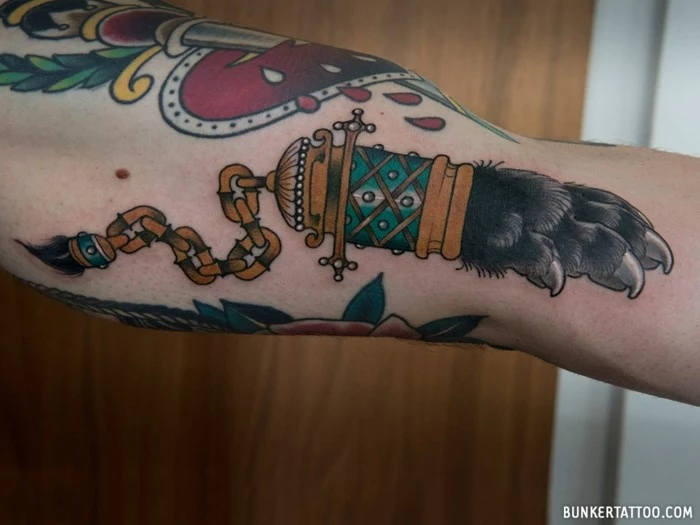
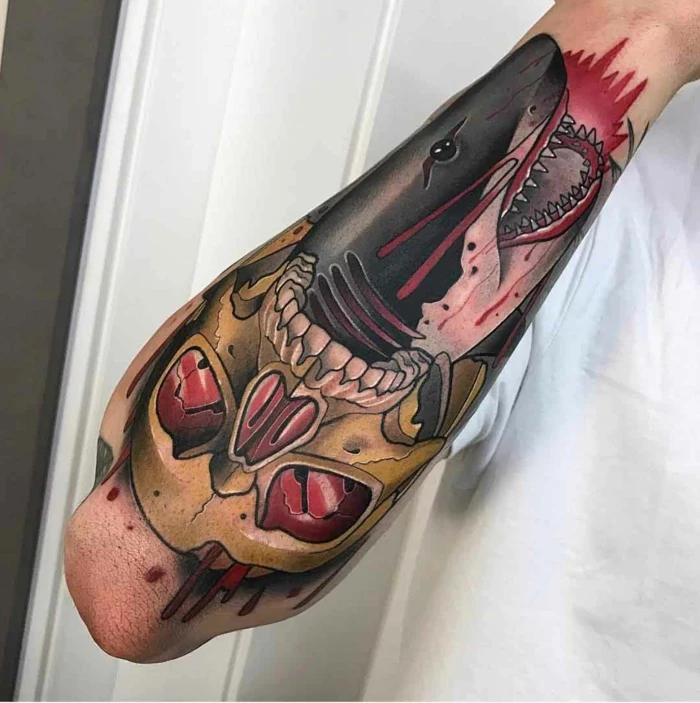
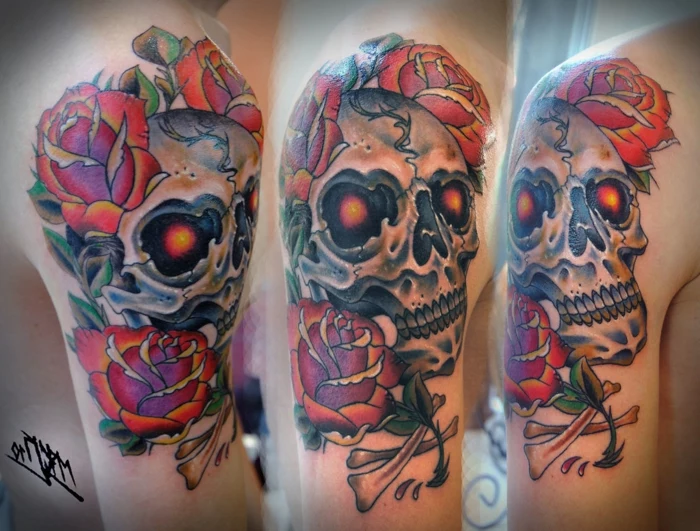
Can you cover up an old tattoo with a Neo-Traditional piece?
Yes, and it’s often an excellent choice. The style’s use of bold outlines, rich color saturation, and dense detail provides great coverage for old, faded work. An experienced artist can cleverly incorporate dark, intricate elements like leaves, hair, or shadows to completely hide the old tattoo. Be aware that the cover-up will need to be significantly larger and often darker than the original piece.
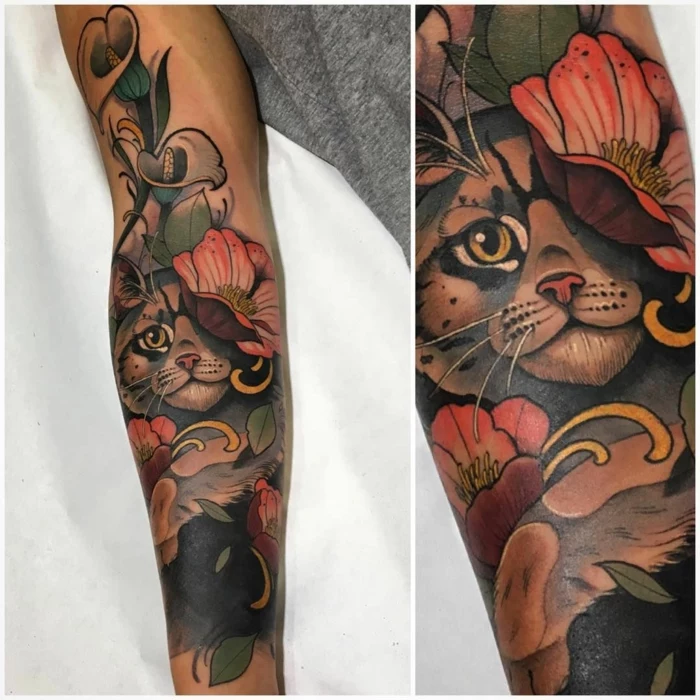
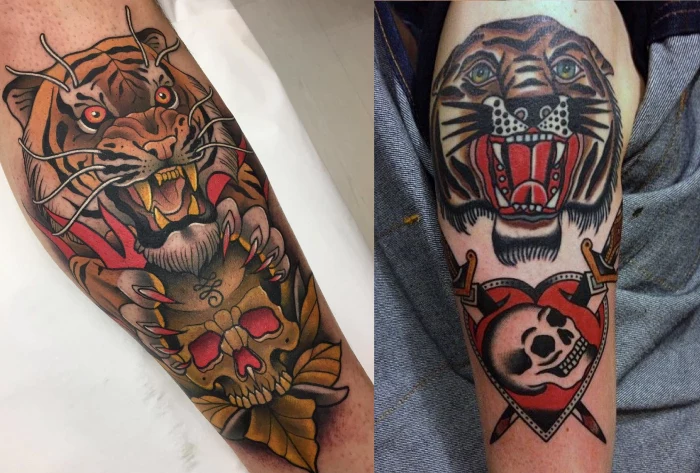
Traditional Wrap: Your artist applies ointment and wraps the area in plastic wrap. This is typically removed after a few hours, followed by a gentle wash and air drying.
Adhesive Film (Saniderm): A
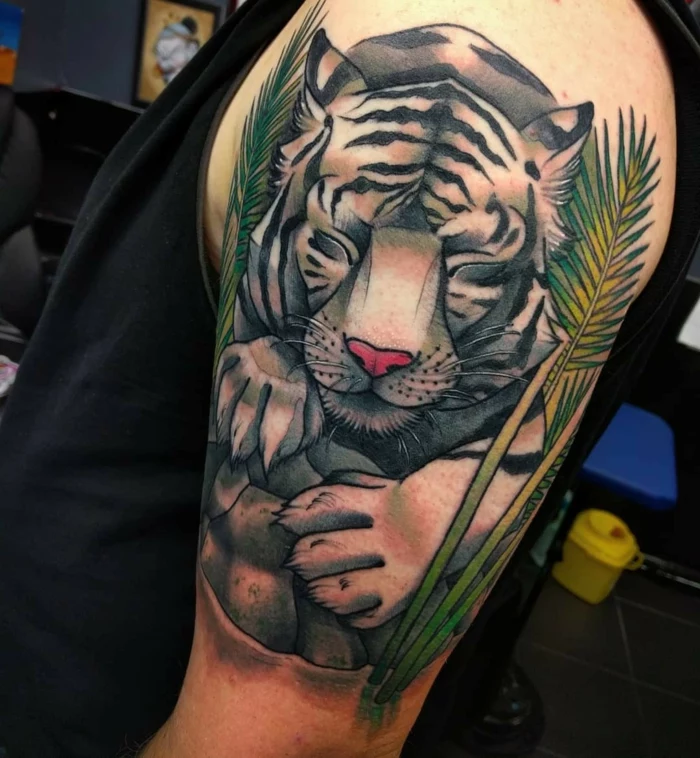
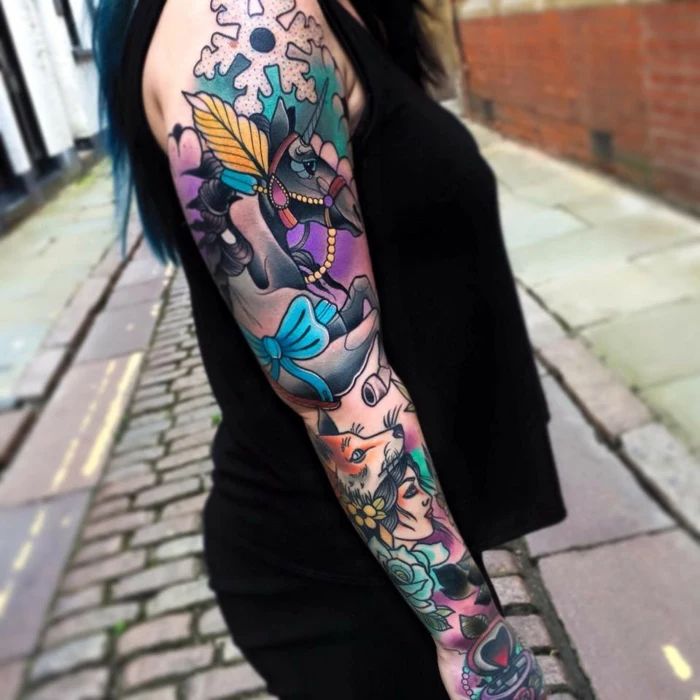
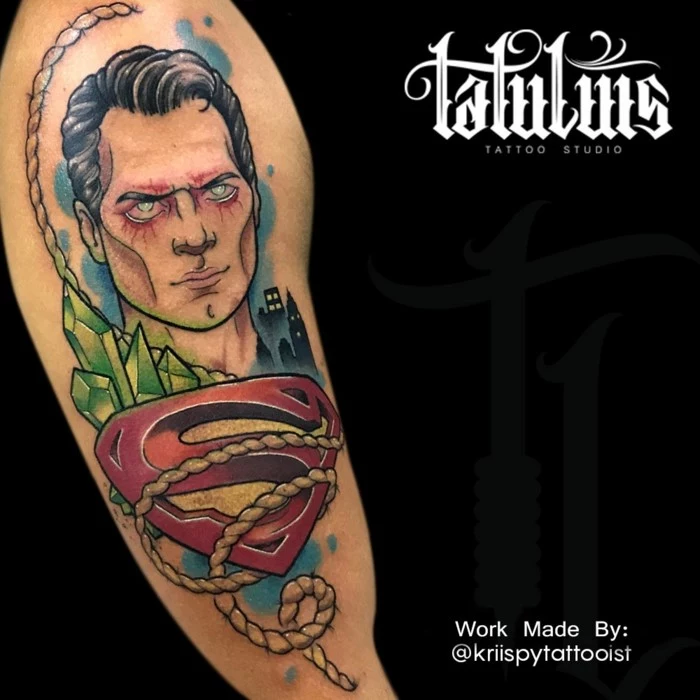
An estimated 20% of the UK population under 30 identifies as vegan, a trend that has heavily influenced the tattoo industry.
This demand has led to a surge in high-quality, vegan-friendly tattoo inks. Brands like StarBrite or Fusion Ink offer complete lines that contain no animal products (like bone char in black ink or glycerin from animal fat). If this is important to you, just ask your artist—most professional studios are happy to accommodate.
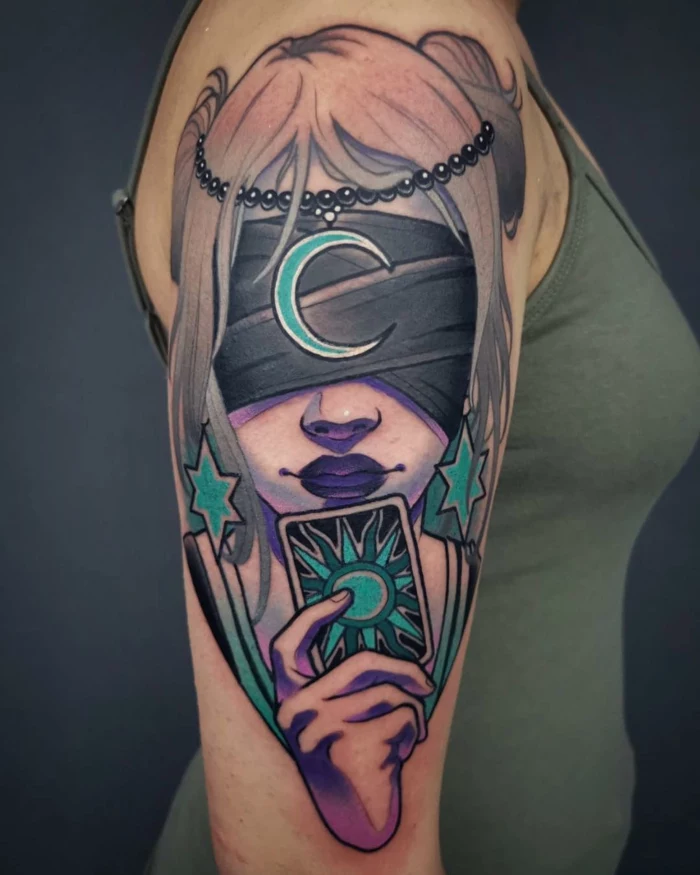
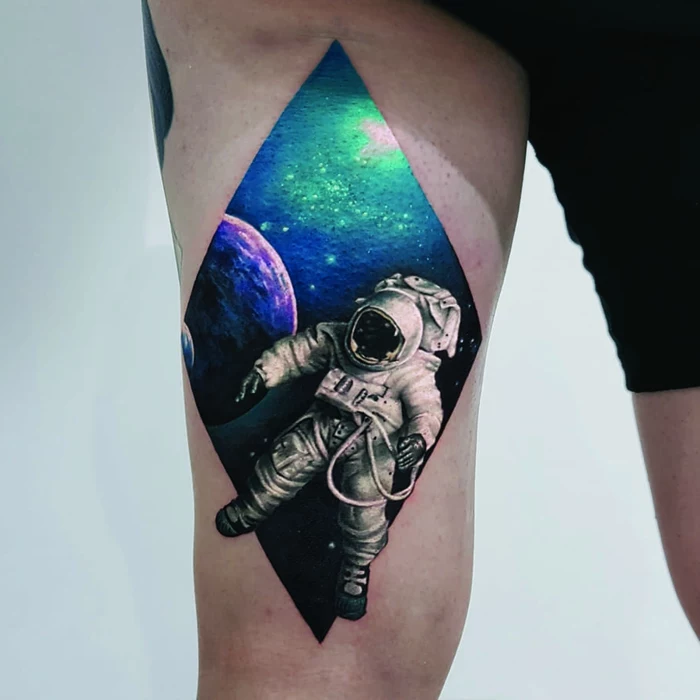

- A design that perfectly fits the curves of your body.
- A piece that will look good decades from now, not just on Instagram.
- A unique work of art, not just a copy of something from Pinterest.
The secret? Trusting your artist’s creative freedom. Provide the theme and key elements, then let them do what they do best: design a powerful, lasting tattoo.



Don’t assume Neo-Traditional is only about color. The black and grey version of the style is just as compelling. It relies on smooth whip shading, strong pepper shading, and varying line weights to create depth and texture. Often, a single
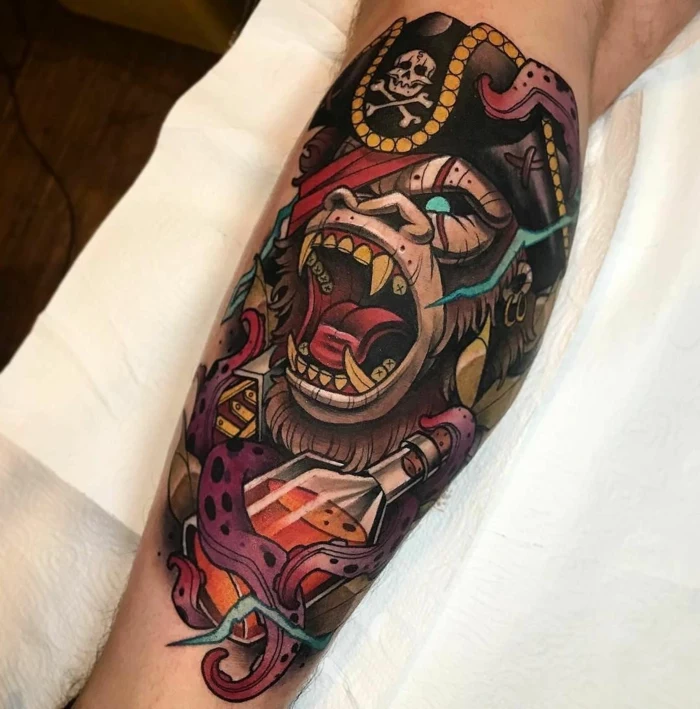
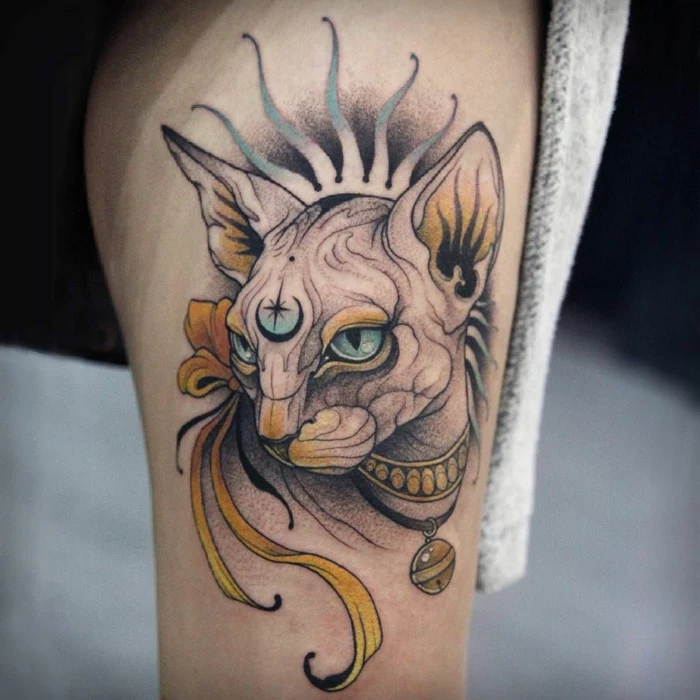
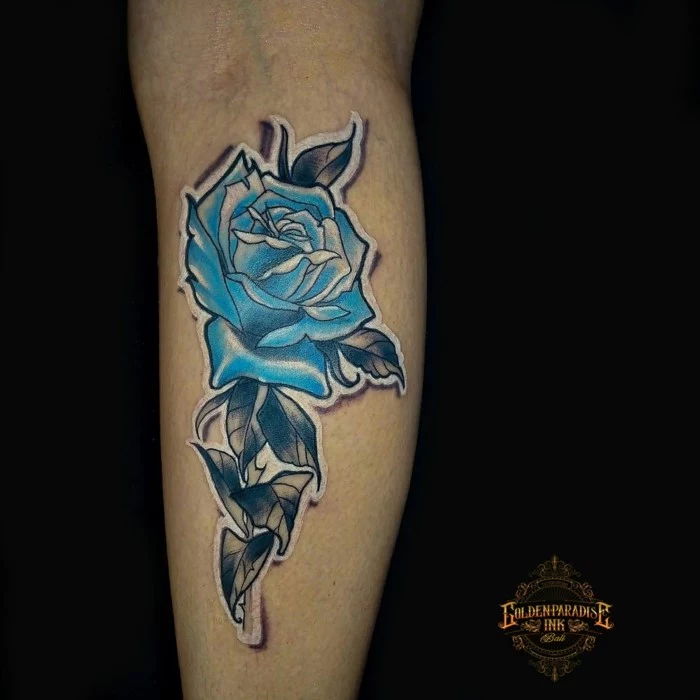
According to a 2021 Ipsos poll, 30% of all Americans have at least one tattoo, a significant increase from 21% in 2012.
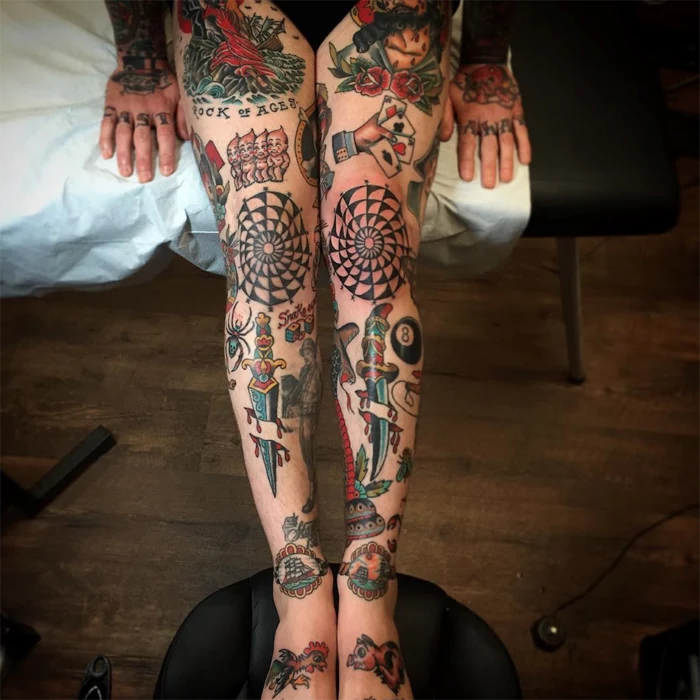
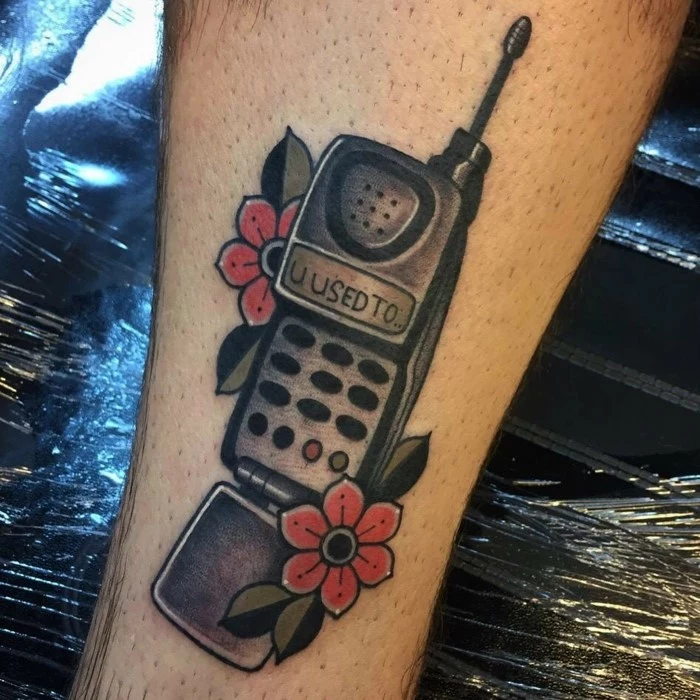
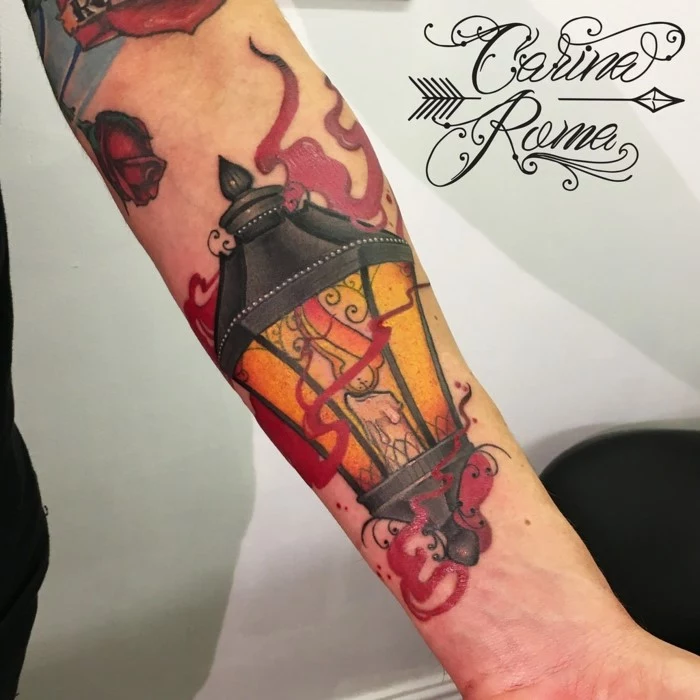
Beyond Art Nouveau, Neo-Traditional also borrows heavily from the geometric strength of the Art Deco period of the 1920s and ’30s.
- Symmetry and Bold Geometry: Look for sunburst patterns, strong vertical lines, and repeating geometric shapes framing the central subject.
- Luxurious Motifs: The style’s frequent use of polished gemstones and metallic sheens is a direct nod to the glamour and industrial opulence of the Deco era.
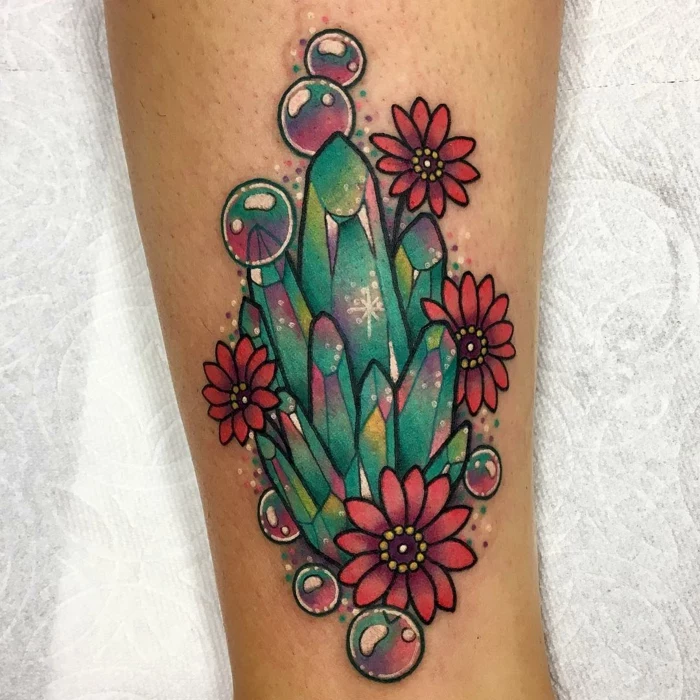
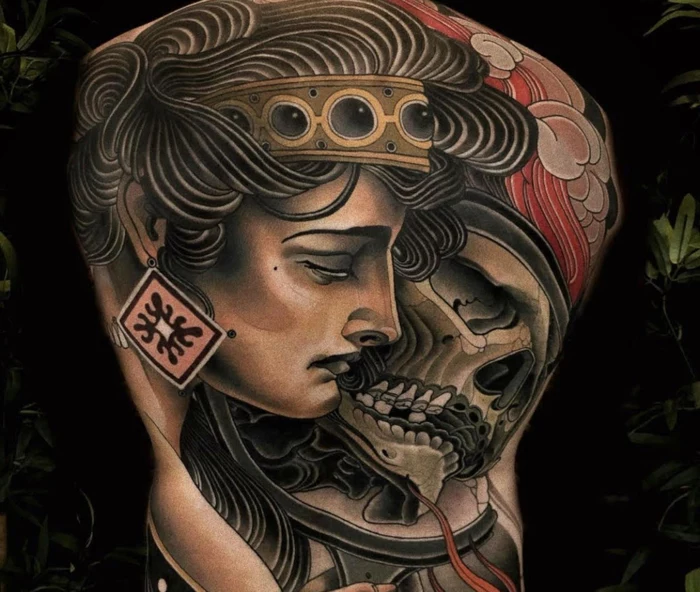
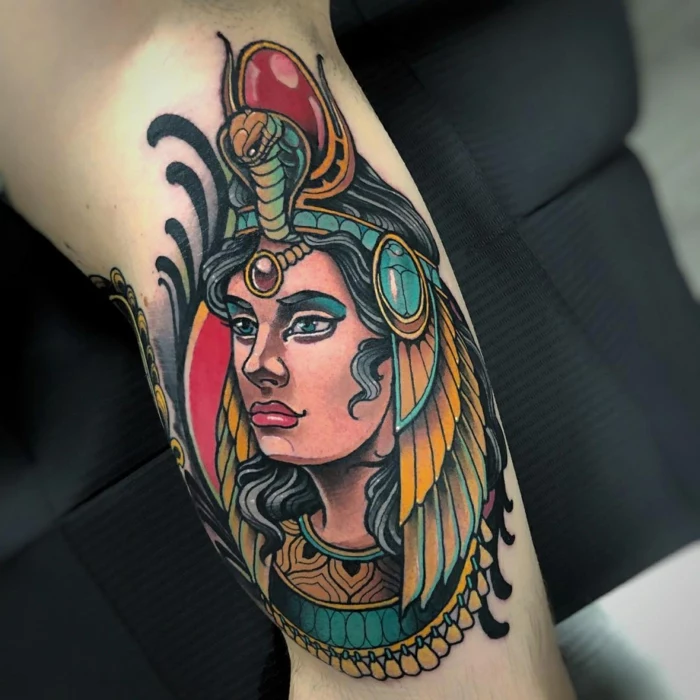
How many sessions will my Neo-Traditional sleeve take?
Large-scale projects are a marathon, not a sprint. A full sleeve is rarely completed in one go. Depending on the artist’s speed and the design’s complexity, it can take anywhere from 20 to 50+ hours. This is typically broken down into multiple 4-6 hour sessions, spaced a few weeks apart to allow for proper healing. The artist will usually complete the linework first, then move on to shading and color in subsequent sessions.
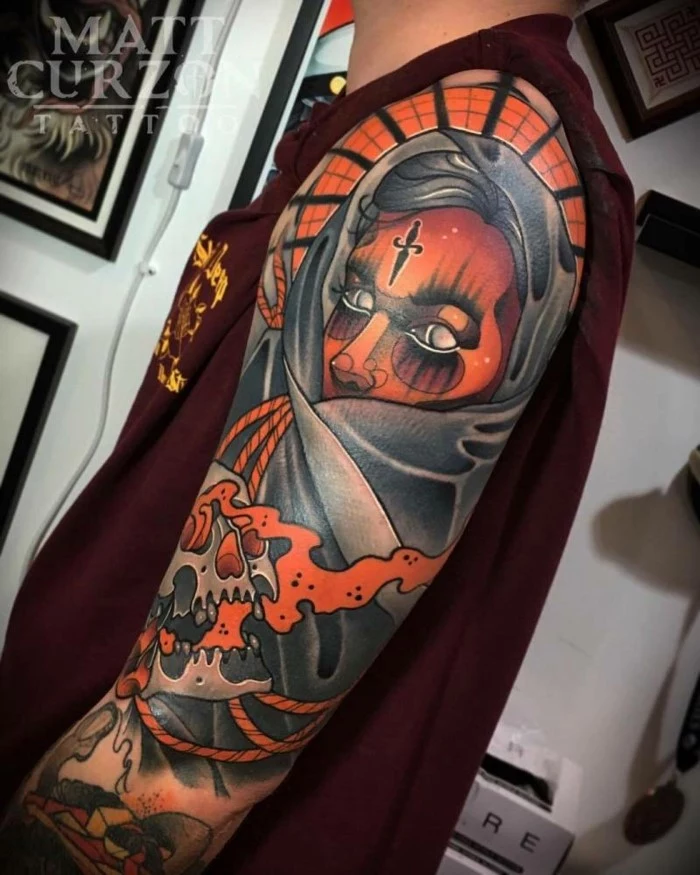
Artist’s Flash: These are pre-drawn designs by the artist, ready to be tattooed. In Neo-Traditional, flash is often highly detailed and unique. It’s a great way to get a piece you know the artist is passionate about.
Full Custom: This is a design created from scratch based on your unique idea. It requires a consultation and drawing time, and is a collaborative process between you and the artist.

